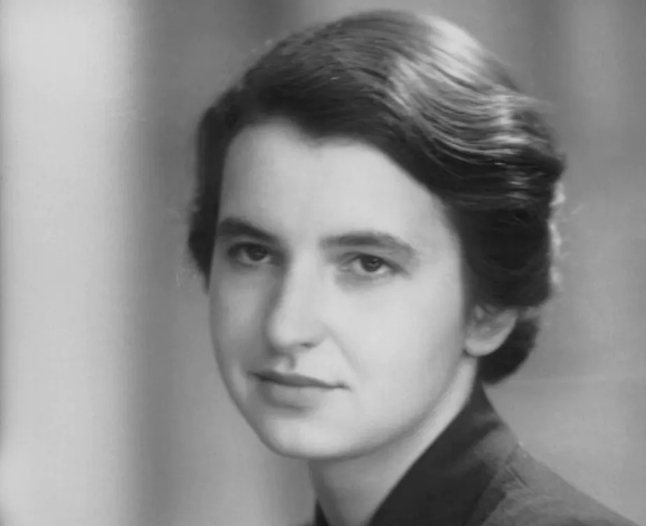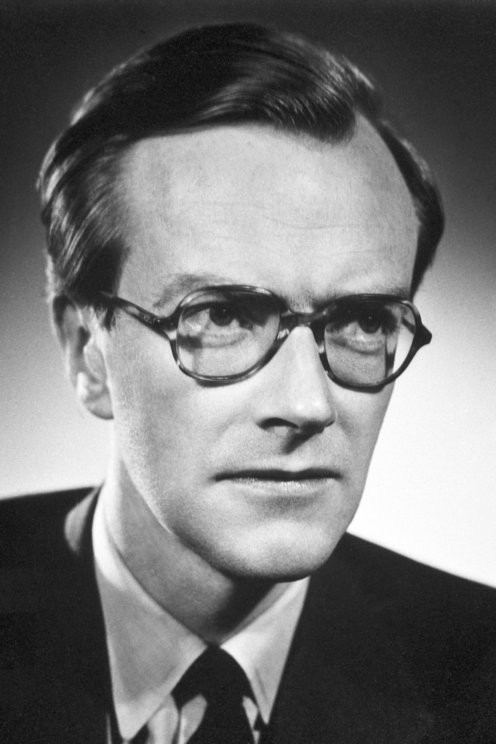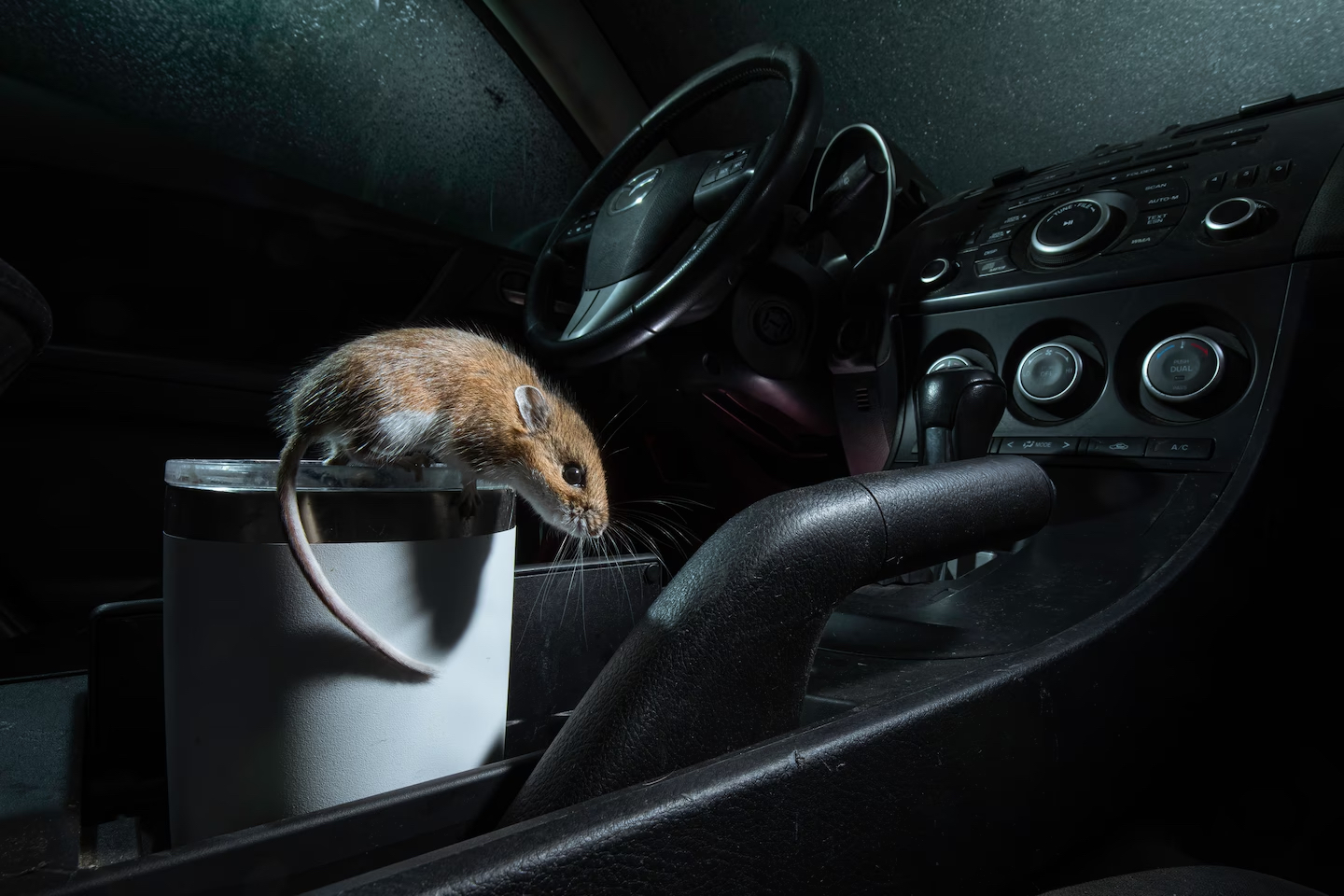
Taffy Jones died at the end of last year. Taffy Jones was in my year of medicine. Moreover, he was in Trinity College at the same time as myself.
When we graduated near the bottom of the year, we found ourselves as first year resident doctors at Box Hill & District Hospital, then an outer suburban hospital where it was considered a training ground for general practice. It was in the days before intensive care or coronary care units, before emergency physicians existed, before all the accumulated rules policed by nurses bearing clipboards in the name of “Quality Control”.
We all shared Casualty duty – all six of us. One night when Taffy was on duty a man in his thirties presented with acute chest pain. Fortuitously, Taffy thought he may have a ruptured oesophagus, an uncommon condition where the pain mimics that of cardiac pain. Taffy was right. In those days, the operation to repair the oesophagus was undertaken locally. To-day, he would have been admitted to a major teaching hospital. The chances for survival were not good, but Taffy looked after him literally day and night. One day when Taffy was sleeping in the same room, obviously not the patient, some over-zealous nurse tried to do his four-hour observations. Knowing Taffy’s innate affability, I’m sure he took it with the good grace any exhausted doctor being woken up in the middle of night to have their blood pressure being taken would. The patient recovered.
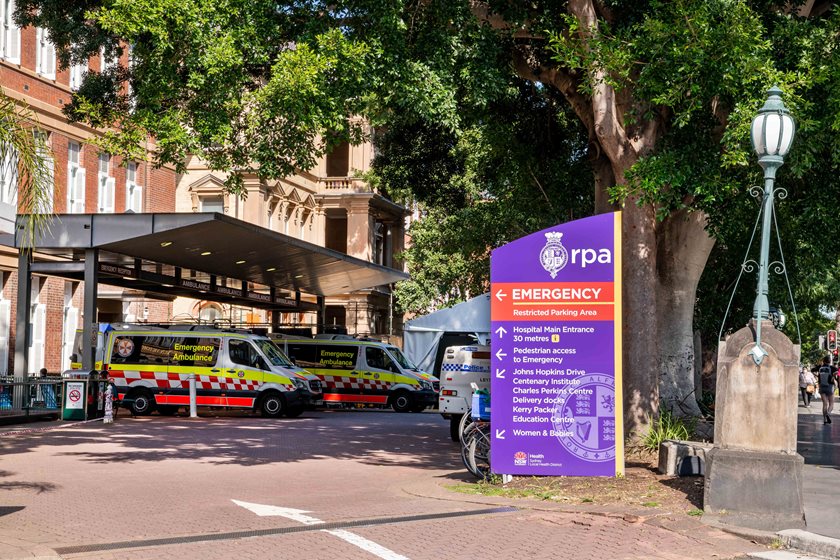 I was reminded of this when I recently went the Royal Prince Alfred Hospital (RPAH)with a 36-hour nosebleed, which had been imperfectly staunched. I was deposited in a wheelchair to wait six hours to be attended while subject to the torture of the clipboard mania laughably called “quality control”. I, the patient vanished under a pile of protocols, even being admonished at one interval for having the temerity to question the need for blood tests when I had had them done only two days prior
I was reminded of this when I recently went the Royal Prince Alfred Hospital (RPAH)with a 36-hour nosebleed, which had been imperfectly staunched. I was deposited in a wheelchair to wait six hours to be attended while subject to the torture of the clipboard mania laughably called “quality control”. I, the patient vanished under a pile of protocols, even being admonished at one interval for having the temerity to question the need for blood tests when I had had them done only two days prior
Eventually, I was seen by the emergency physician and her trainee sidekick. Well, what do you know! They did not have the instruments to stop the bleeding. So, I was transferred to the ear, nose and throat (ENT) clinic late in the afternoon, having been in the emergency department since mid-morning. I was the last patient in the clinic. All the ENT specialists had left. There was no-one else but the ENT registrar. Again, I waited – after about a further 20 minutes, the registrar emerged. She treated me; she was very competent. It took 20 minutes, if that. By the way, there are four ENT registrars all of whom could have seen me during the course of the day. She did a good job, and I have had only one small bleed since; it is part of my disease spectrum.
It happened to me this week again; I, an immunologically compromised person having to wait two hours to be seen, when this time I did have a designated appointment time. This time I was very angry; the oncologist apologised. He said that the hospital administration, whom they never see, just keep loading him up with patients. Predictably from being in this poorly ventilated hospital three days later I developed what I initially thought was an upper respiratory tract infection, but then tested positive for COVID.
I was once a senior medical manager in a health service the size of Royal Prince Alfred Hospital, admittedly some years ago. I always made a point of being seen around the hospital, listening, encouraging efficiency and effectiveness and at time criticising when I thought it warranted. The only place I failed but still developed a mutual regard was with the head of the eye clinic, which we maintained until his death some years ago. He was an interesting case study.
The administrator who remains office bound, giving a semblance of business by always being at meetings, at conferences, on days off, is more the profile these days. It is even worse now since the pandemic; apparently, they work from home. It is about time the government woke up and see who is ostensibly running the hospitals, looking after or ensuring that health professionals can work in a way that the patient, such as myself, feels satisfied and safe. The RPA has always been near the bottom of the pack, at least since Dr Don Child retired in 1987.
My Tasmanian Response
Somewhat impetuously, I said that I would write a piece about my Tasmania, in response to the tourist blurb distortion which appeared recently in the NYT, and which I found projected a very limited view of Tasmania.
But when I calmed down, I realised over the nearly five years I have been writing a blog each week without a break – this week at blog 255 it’s just five away from my fifth anniversary. Mostly I write about 3,000 words, including the various quotes and outside opinion which is baked into the blog. Generally, my wife waves much of my writing through, with variable degrees of editing.
Here even with so many words clocked up on my blog, my wife pointed out that my first draft wasn’t up to scratch, particularly as there is such a great amount of material to be written about this island and which I had barely touched upon. She was right.
Now, I first came to Tasmania, to Hobart in 1950, when I stayed with my parents at the Wrest Point Hotel when it was an art deco creation at Sandy Bay, an upmarket part of Hobart. So, I have a long association, but only acquired a property here 20 years ago.
I learnt over the years that it is the land itself which makes the whole of Tasmania attractive not just one small segment on the north-east coast, however beautiful. Despite the action of us white people, there is enough remaining Tasmania upon which to marvel. Tasmania is not only one particular walk through a confected culture.

Strangely, I like this island because the blend of exotic flora seems to augment the attractiveness of the island in addition to the underlying uniqueness of the local fauna and flora. There are the tulips in bloom in October; the month that the red Tasmanian waratahs are in bloom. The next month it is the fields of opium poppy with its distinctive, delicate mauve blooms; and then it is time for the clouds of lavender to take the stage. Also at this time in the early new year, the leatherwood are coming into flower, its pollen harvested by the bees ending up as the eponymous dark honey. Down south, there are the cherry orchards stretching across the hills to the west of Hobart; then in January, the berries are harvested. Raspberries, never better.
But let’s get rid of the dark side of the Island originally peopled by convicts and their guards in the south, Port Arthur as a grim symbol. Then as one of the monographs from the Launceston Historical society states in the north “Anglo-Indians (in its nineteenth-century sense of the British in India), leaving India and emigrating to Australia wished, it seems, to escape, not recreate, architecturally at least, the oppression of India. In Van Diemen’s Land they could build an English cottage, not a bungalow, although a verandah may be useful. To these immigrants the concept of ‘home’ was still English – not Indian – although they chose not to return to England.” They quickly outnumbered the Aboriginal population and the story of their elimination is one of the less savoury episodes in Australian history.
Thus, despite all the efforts to promote continuity in Aboriginal heritage, it is unfortunately largely confected, as I’ve written. After all, Milligan writing in 1890 estimated that there had been only 2,000 Indigenous people when colonisation commenced. Truganini, traditionally the last of the Tasmanian Aboriginals, had died in 1876.
As has been well-reported: When Truganini met George Robinson , the chief Protector of Aborigines in 1829, her mother had been killed by sailors, her uncle shot by a soldier, her sister abducted by sealers, and her fiancé brutally murdered by timber-cutters, who had then repeatedly sexually abused her.
Then there was the extinction of the Tasmanian tiger, and the years of guilt-ridden search for them and then the hope one could rescue enough DNA from a formalinised specimen to somehow clone the animal. Arrant nonsense, the whole scenario.
Yet the Tasmanian Government never learns that there is more money in tourism, including ecotourism than the rapacious destruction of the forests and remote areas. Now it proposes allowing logging in the habitat of one of two rarest parrots – the swift parrot.
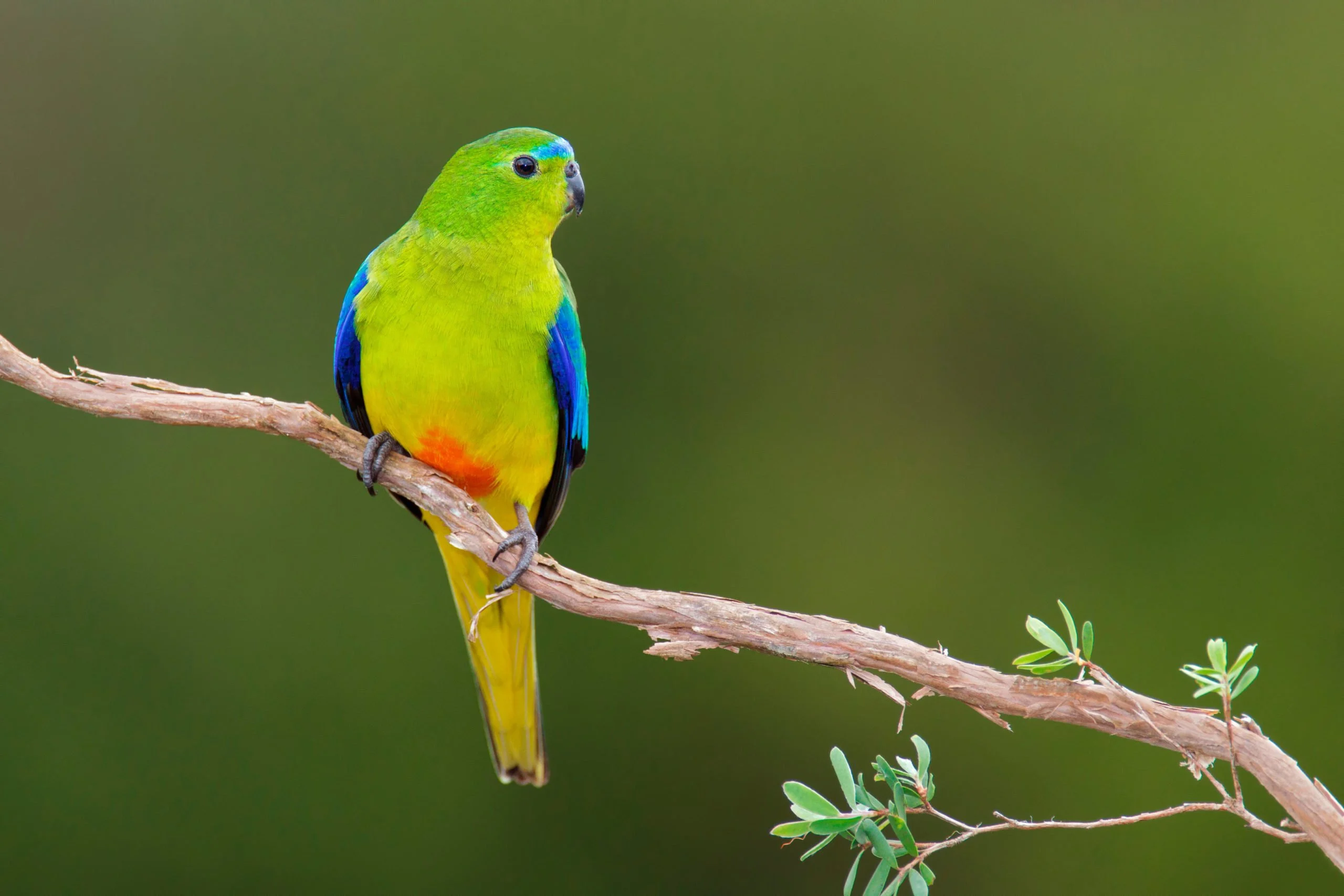 The other parrot, also migratory, the orange-bellied parrot is critically endangered. There are very few orange-bellied parrots left in the wild. Their last remaining breeding site is in the moorland and button grass around Birch’s inlet on the west coast of Tasmania. We once went searching for the parrot in this location; saw a great number of blue-winged parrots but sadly nothing with an orange belly – at least not a parrot.
The other parrot, also migratory, the orange-bellied parrot is critically endangered. There are very few orange-bellied parrots left in the wild. Their last remaining breeding site is in the moorland and button grass around Birch’s inlet on the west coast of Tasmania. We once went searching for the parrot in this location; saw a great number of blue-winged parrots but sadly nothing with an orange belly – at least not a parrot.
Then there are well-recorded attempts of buggering up the Tasmanian environment by government’s insistence on damming every river in sight and cutting down all the old growth forests and a cavalier treatment of the Wilderness, including its refusal to stop the spread of invasive species – gorse being a case in point. Mining on the West Coast around the town of Queenstown still shows the scars in the surrounding hills, and the King River and the Macquarie Harbour contain a toxic cocktail of arsenic, cadmium, mercury and other metals. Sulphur coats the King River banks and then along the Harbour foreshore; one should not disturb the delta of the river which is rich in cadmium. Two hundred years may rid these waterways of the pollution.
Having lost Lake Pedder with its unique pink quartzite beach to inundation for a dam, the battle to conserve Tasmania has been robust, heightened by the spectacular efforts of Bob Brown and his supporters in scuttling the Gordon-below-Franklin Dam project in 1982.
This is well-known but sometimes you need to retrace such a well known series of events, which ended up largely preserving the South-west temperate rain forest for now.
This win and the preservation of these rivers in their pristine state was brought home to me when we were flown by a friend over these rivers flowing through the Southwest National Park, the wilderness area. The Franklin and Gordon without a concrete abomination to dam them. At South-west Cape, we turned east and flew along the coast and then up the Derwent estuary, re-fuelling in Hobart. We then flew following the Derwent River until we turned to the west over the Walls of Jerusalem and across the range, over Queenstown before proceeding to land in Strahan – the airport located on a hill above Macquarie Harbour. That day, it was a perfect, cloudless day – no wind.
It is a flight to see the wilderness where the adventurous slog through or climb up or kayak down, taking days if not weeks to experience whereas we had seen it all from above. I’m afraid I did not feel guilty because there was no pain in our achievement even not being close to elemental nature; it was still a magnificent experience.
After all, living in Strahan there was the walk to Hogarth Falls, a trail carved through the rain forest where myrtle, sassafras, and celery pine grow. There is little or no Huon pine; it has long since been logged from along the rivers, but there remain a huge number of logs retrieved from the rivers and which lie in a woodyard in Strahan.
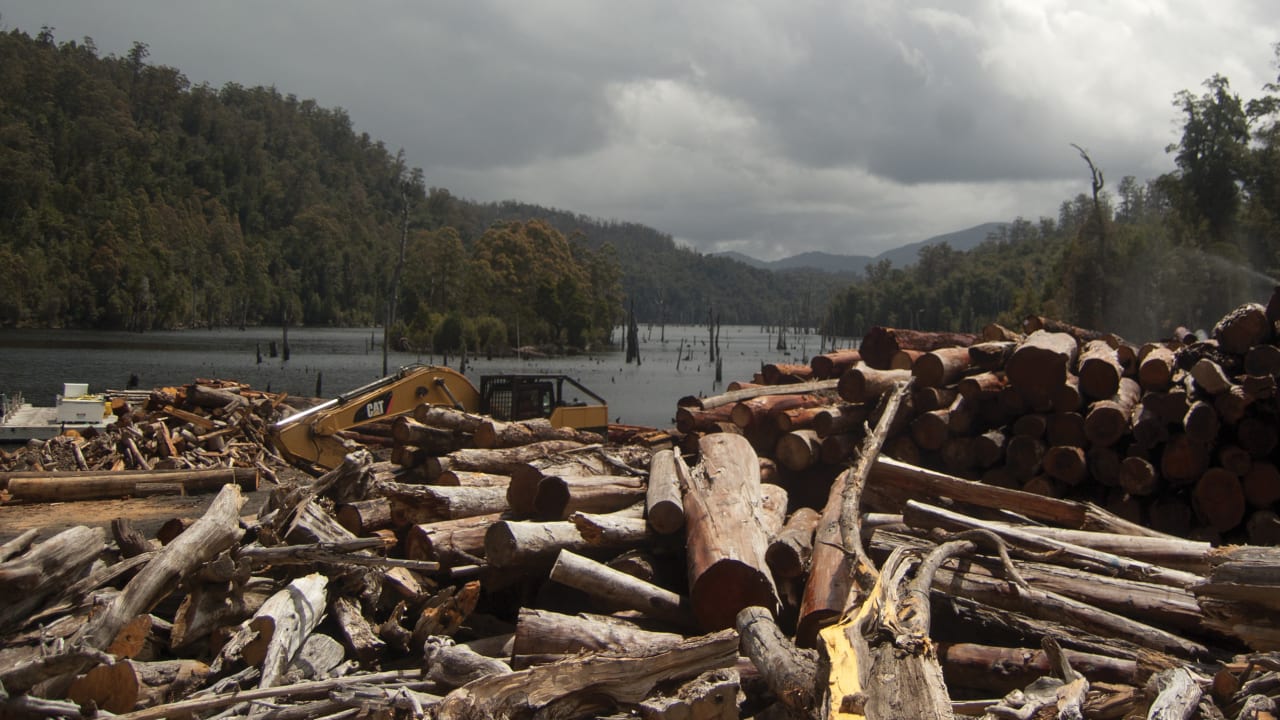
Our house is a timbered pole house – the poles are blackwood except for one pole of King Billy pine; the floors and window frames are celery top pine; the kitchen Huon pine and the panelling mountain ash. The bathroom door is cedar, a somewhat anomalous Queensland intruder. The house which we bought is built with both new and recovered wood.
All very personal – so lucky to have this tribute to Tasmania – so lucky – surrounded as I am by Tasmanian artifacts as I write this blog.
Sexual Violence Tra-la-la
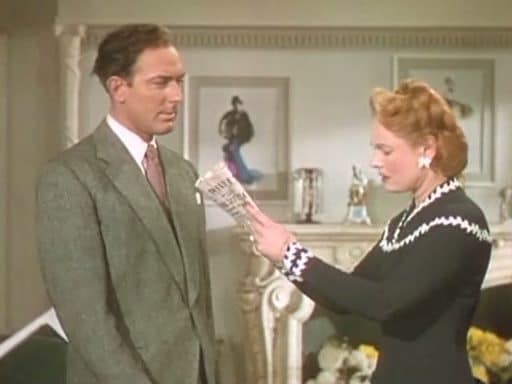
It is a strange sensation when you see revival of the mannered films in which actors such as Anna Neagle and Michael Wilding starred in the 1940s to realise you grew up when that era was ending. Pretending to be bright young man and woman in love was very much of a stretch in their very popular Maytime in Mayfair. Anna Neagle was 45 and Michael Wilding 37 years when the film was made.
They were impeccably dressed according to the times. She wore a long flowing gown; they both smoked; she wore a corsage; he wore a dinner suit; they drank champagne from those shallow wide bottomed glasses introduced in the Prohibition era in America to disperse the bubbles so champagne was always drunk flat to fool “the fuzz”, they danced the dances of the age. I remember learning at dancing class to the sound of a reedy voiced crooner. “Quick…quick…slow”.
Twenty-one was still the age of majority, and it was a time for a celebration. It was all Maytime in Melbourne, but on one night in 1961 I revealed the imp in me, an unfortunate trait that comes out when I’m bored and sober. The woman’s magazine reporter came up to us at this 21st shindig at the then exclusive location in Darling Street in South Yarra. My then fiancé was beautiful, which attracted “her gushiness,” and when asked my name, I gave the name of the Warden of the University College in which I was residing at the time. Where did I come from? I said Trawalla, which was a suitably upcountry location on the edge of the Western District.
I thought no more of it, but the photo of us appeared in the magazine complete with the alias. It was not long before the mother of the bloke whose 21st celebration it was wrote me a letter apologising for the error, which she had made clear in no uncertain terms to the magazine editor was unforgivable.
I heard nothing from the Warden; I was not the first to take his name for such an alias.
I have reflected on this piece of what I thought at the time was just me being clever and I used to regale people over the years with this anecdote. But really was I betraying an unfortunate attitude to women? Would I have done the same if the reporter was a male from a daily newspaper?
I had never thought about this until I was seeing this frothy comedy, with musical interludes. At one stage Michael Wilding bursts into the room and forcibly planted a kiss on Anna Neagle’s lips, at a time when the film storyline had them alienated. Then he departs gaily, and Anna Neagle instead of a normal reaction to being thus assaulted just simpered.
While it could be passed over in the entirety of the film, that action would be unacceptable these days in any script to picture a woman unaffected by this encounter. The arraignment of the former head of Spanish football for an uninvited kiss on one of Spanish woman footballers demonstrated at least universal distaste for such sexual violence.
Back when I made that gesture, what was sexual violence? Nothing to do with “me and my mates”? Oh, really!
Getting it Right
Once when I was the medical administrator at a country hospital it was reported to me that an international medical graduate(IMG) from China, who had been assigned to the hospital as part of his registration process, was accessing pornography on hospital computers. Unlike the normal run of risk averse medical administrators, I neither did nothing nor did I “handball” the case to central office so they could organise the normal investigation.
 Instead, I asked one of the staff very conversant with computer usage if he would accompany the doctor, who admitted that he had been accessing computers after hours. What he was doing was trying to find one where he could contact his sister in China. She wished to come to Australia to undertake a nursing course. He showed my colleague the computer which he had found enabled him to contact his sister in China, and the so-called porn glimpsed by the passing nursing staff was in fact pop-ups of Asian women in lingerie, incidental to his access. He had been successful in finding an appropriate computer, but I asked to see him.
Instead, I asked one of the staff very conversant with computer usage if he would accompany the doctor, who admitted that he had been accessing computers after hours. What he was doing was trying to find one where he could contact his sister in China. She wished to come to Australia to undertake a nursing course. He showed my colleague the computer which he had found enabled him to contact his sister in China, and the so-called porn glimpsed by the passing nursing staff was in fact pop-ups of Asian women in lingerie, incidental to his access. He had been successful in finding an appropriate computer, but I asked to see him.
I said in future not to do any further activities without asking permission, especially after hours. He was just not wanting to bother us, he explained. Nevertheless, he got the message.
Some Like it Hot
Shamar Joseph has burst onto the cricketing scene from a shack in the back blocks of Guyana to win a test match for the West Indies, despite nursing a very bruised big toe. The amazing fact about this very fast bowler is that he is small for such a task. Standing alongside Steve Smith who is 176 cm, he seems to be slightly taller; and the source which says his height is 178cm seems to be the most plausible figure.
I thought the following recipe for Pepperpot would give the reader a touch of Guyana.
Now for the recipe, which appeared recently in the NYT, and has been modified. Cassareep, the essential ingredient is available in Australia.
Warm with sweet orange peel and spices like cloves and cinnamon, Pepperpot, a stewed meat dish popular in Guyana and the Caribbean, is traditionally served on Christmas morning. But one can make this version any time you want to celebrate. What gives it its distinct taste is cassareep, a sauce made from the cassava root. If you can’t find it, wiri wiri peppers or Scotch bonnets or a mixture of pomegranate molasses (1/3 cup), I tbsp of soy sauce and I tbsp Worcester sauce will work. Whatever you do, don’t forget to serve it with thick slices of white bread, or rice to sop up that delicious gravy. Scotch bonnets, supposedly shaped like a tam o’shanter, are very hot chilis, ten times the Scoville unit measurement for jalapeño peppers. Apparently they are the go-to chilli of the Caribbean; but be warned!
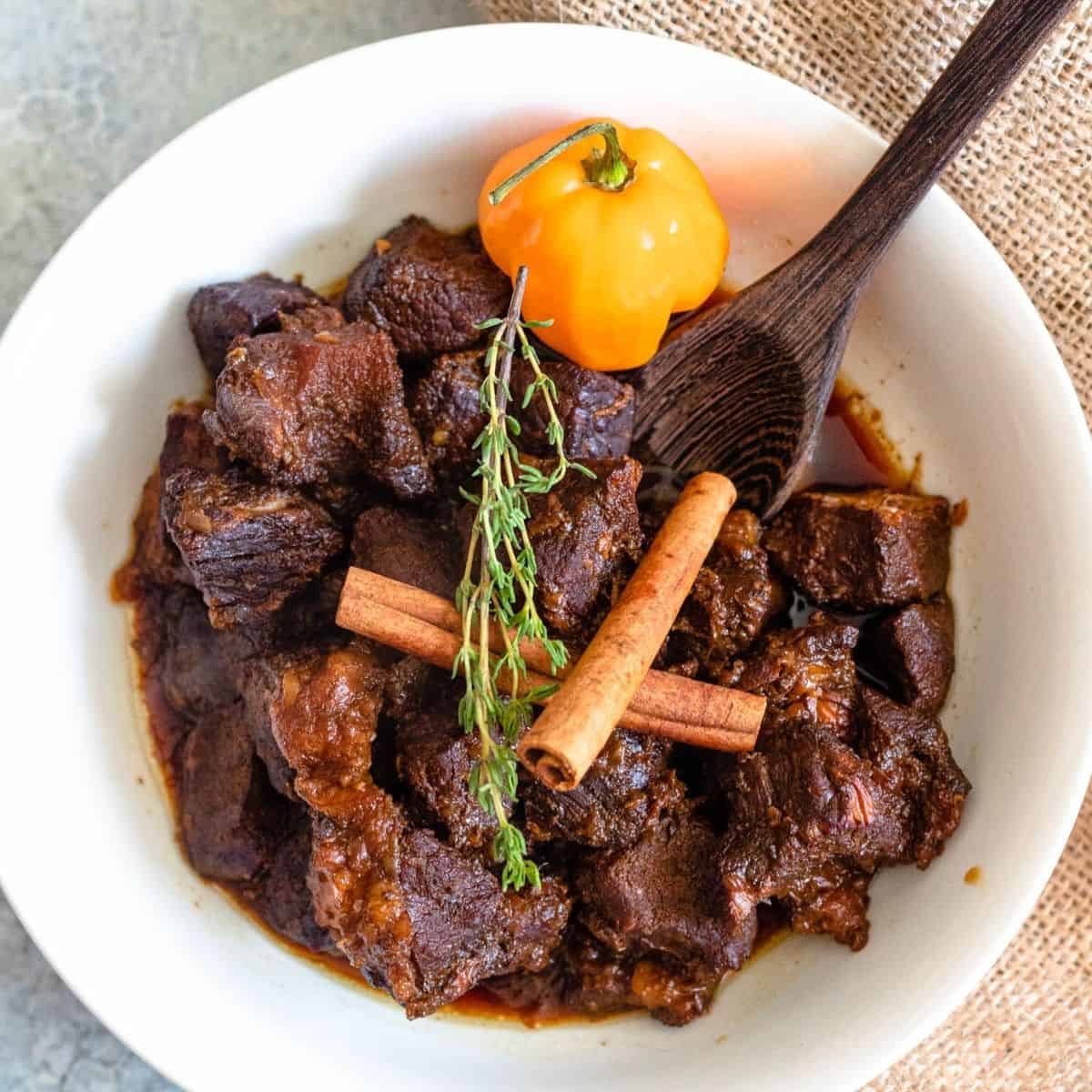
FOR THE PEPPERPOT 4 pounds bone-in stew meat (oxtail, beef chuck, goat or mutton), cut into 3-inch pieces Kosher salt and black pepper 2 to 3 tablespoons vegetable oil 2 Scotch bonnet or habanero peppers, chopped, plus more to taste 1 large yellow onion, chopped 6 garlic cloves, chopped 1 cup cassareep (or substitute) ¼ (lightly packed) cup brown sugar (dark or light) 1 tablespoon grated fresh ginger 1 tablespoon whole cloves 3 medium cinnamon sticks Peel from 1 medium orange 4 spring onions, cut into 4-inch lengths. … now the process Step 1 Prepare the green seasoning (onion, garlic, pepper, chives, coriander, thyme, basil): Add all ingredients to a food processor. Blend, adding water a few tablespoons at a time, until you get a thick purée. (Makes 3 cups; keep any extra in an airtight container in the refrigerator for 2 weeks.) Step 2 Season the meat with 2 cups green seasoning, 2 teaspoons salt and 1 teaspoon pepper. Marinate at room temperature for 1 hour or overnight in the refrigerator. Step 3 Heat the oven to 190 degrees. In a large Dutch oven over medium heat, add 2 tablespoons oil and transfer the meat into the pot, leaving behind any excess marinade. Brown the meat in batches. Transfer to a plate. Step 4 Add 1 tablespoon oil to the pan, if necessary. Add Scotch bonnets and onion; sauté until translucent, about 5 minutes. Add garlic and cook until fragrant, another 30 seconds. Step 5 Add in the cassareep, brown sugar, ginger, cloves, cinnamon sticks, orange peel, spring onions and bay leaf. Add back the meat and the juices from the plate and add water to cover the meat. Let come to a boil over high heat. Step 6 Cover the pot, transfer to the oven and cook, covered, for 2 to 2½ hours, until the meat is tender. Skim as much fat as possible from the top.
Mouse Whisper
When I got in my car at the Grand Marais Airport in rural northern Minnesota, where I’d left it, I noticed something peculiar: tiny footprints across my dust-covered dash. Washington Post
How it all started.
The photos show what happens when a wildlife photographer finds that a white-footed mouse has decided to squat in his car. He named the mouse Morticia and she stayed there. She was more than just a subject; she was his resident model. Then she brought in a mate.
Symbiotic relationship – if that is the word.
There were rules. No food left in the car. No wires chewed in return. Mouse droppings cleaned away. Photos taken. Then the mice were gone sometime before his car had reached its time to be scrapped. Auto death at 250,000 miles.
But he still had his pictures.
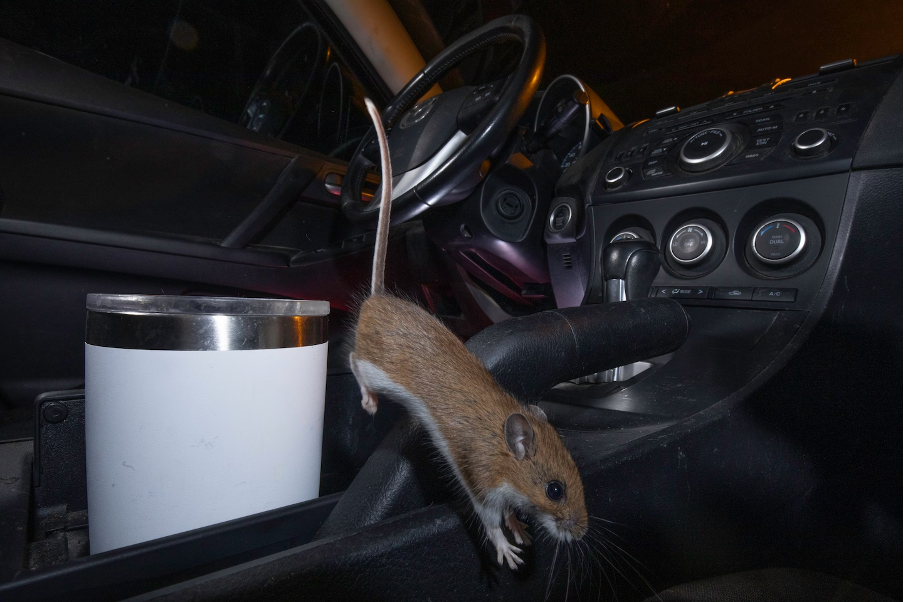


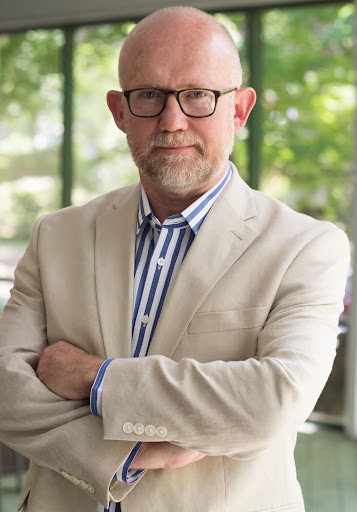

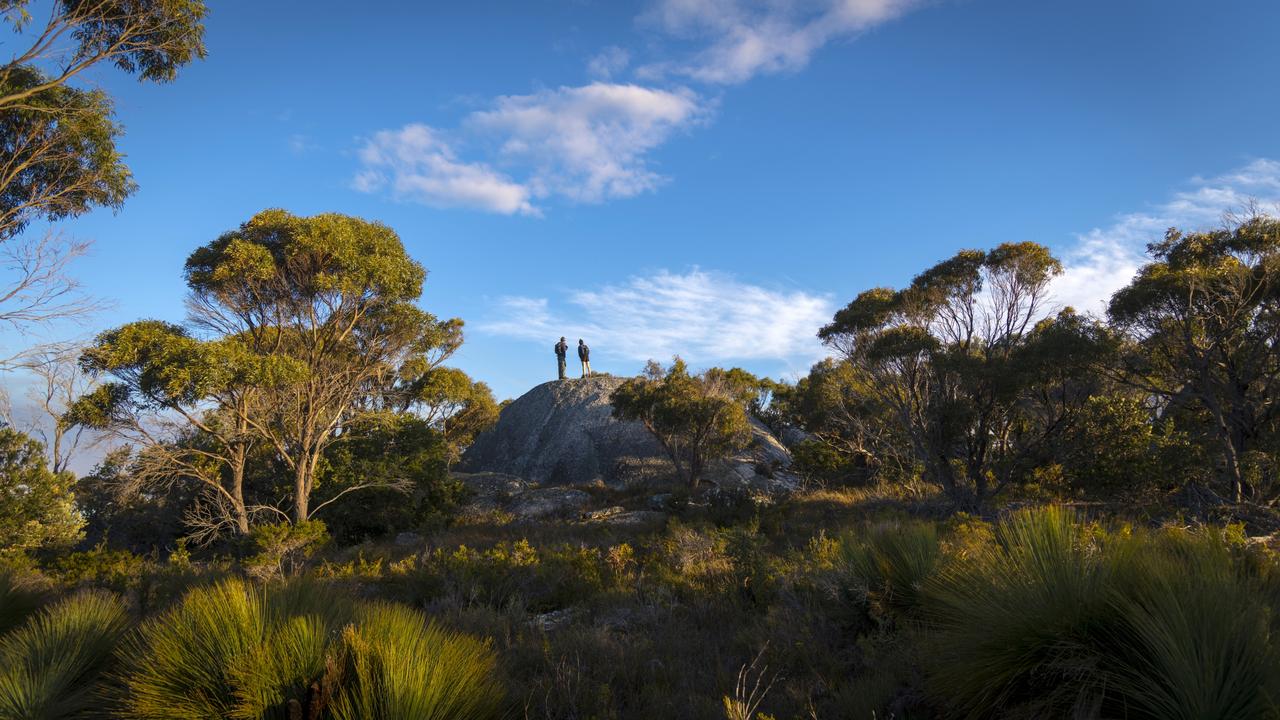
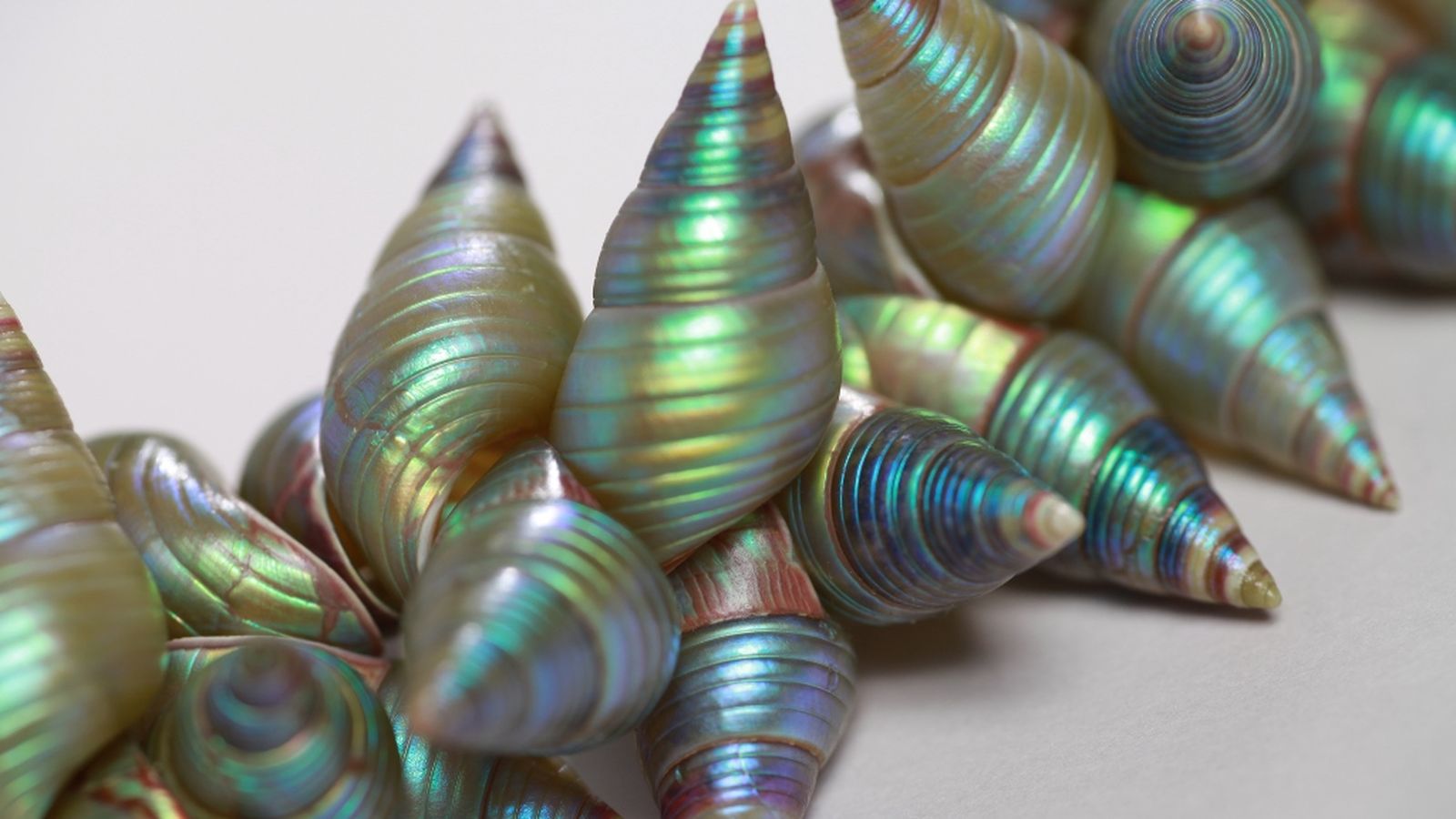
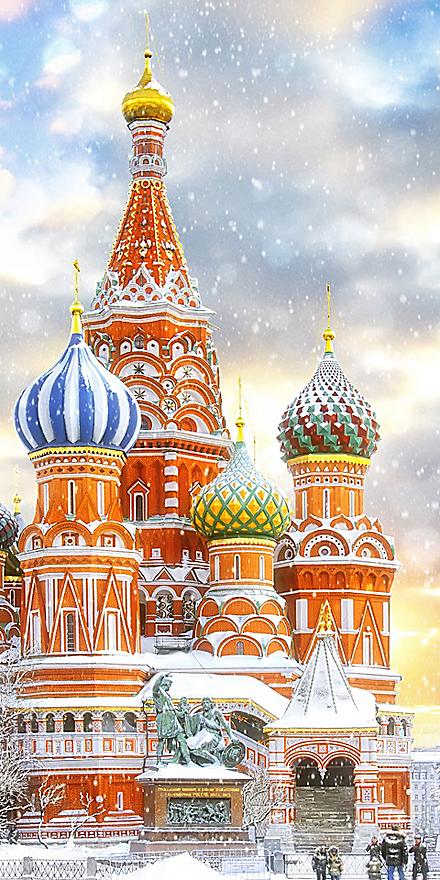 Winter in Moscow is a time for parties. A friend told me recently about a particularly lavish one he went to in a nightclub. DJs played hypnotic psychedelic trance, champagne flowed and red lights strobed across the heaving dancefloor. Nearly two years into the war in Ukraine, Muscovites seem to be recovering their capacity for hedonism.
Winter in Moscow is a time for parties. A friend told me recently about a particularly lavish one he went to in a nightclub. DJs played hypnotic psychedelic trance, champagne flowed and red lights strobed across the heaving dancefloor. Nearly two years into the war in Ukraine, Muscovites seem to be recovering their capacity for hedonism.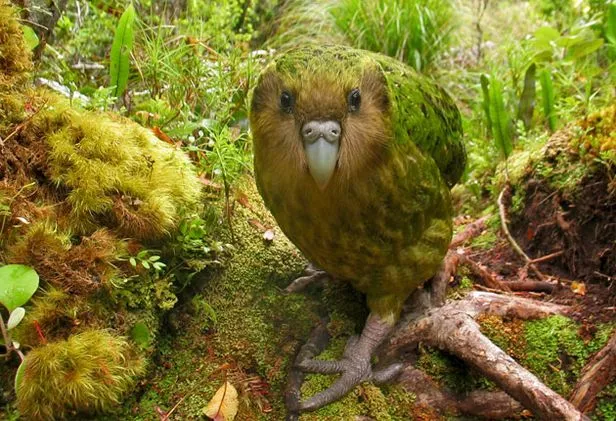
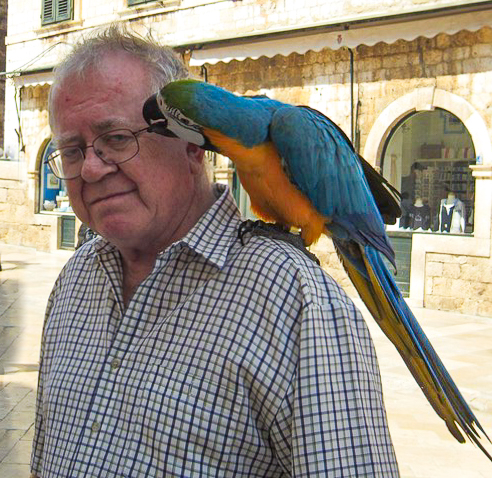 Macaws are a bird too often kept in captivity. There is a picture of a blue-yellow macaw perched on my shoulder attacking my glasses. Such birds are used by an itinerant gypsy, in this case not unsurprisingly a guy dressed as a pirate complete with bandana and gold earring. This happened in Dubrovnik, and I forget how much was paid by my companion for me to be so immortalised.
Macaws are a bird too often kept in captivity. There is a picture of a blue-yellow macaw perched on my shoulder attacking my glasses. Such birds are used by an itinerant gypsy, in this case not unsurprisingly a guy dressed as a pirate complete with bandana and gold earring. This happened in Dubrovnik, and I forget how much was paid by my companion for me to be so immortalised.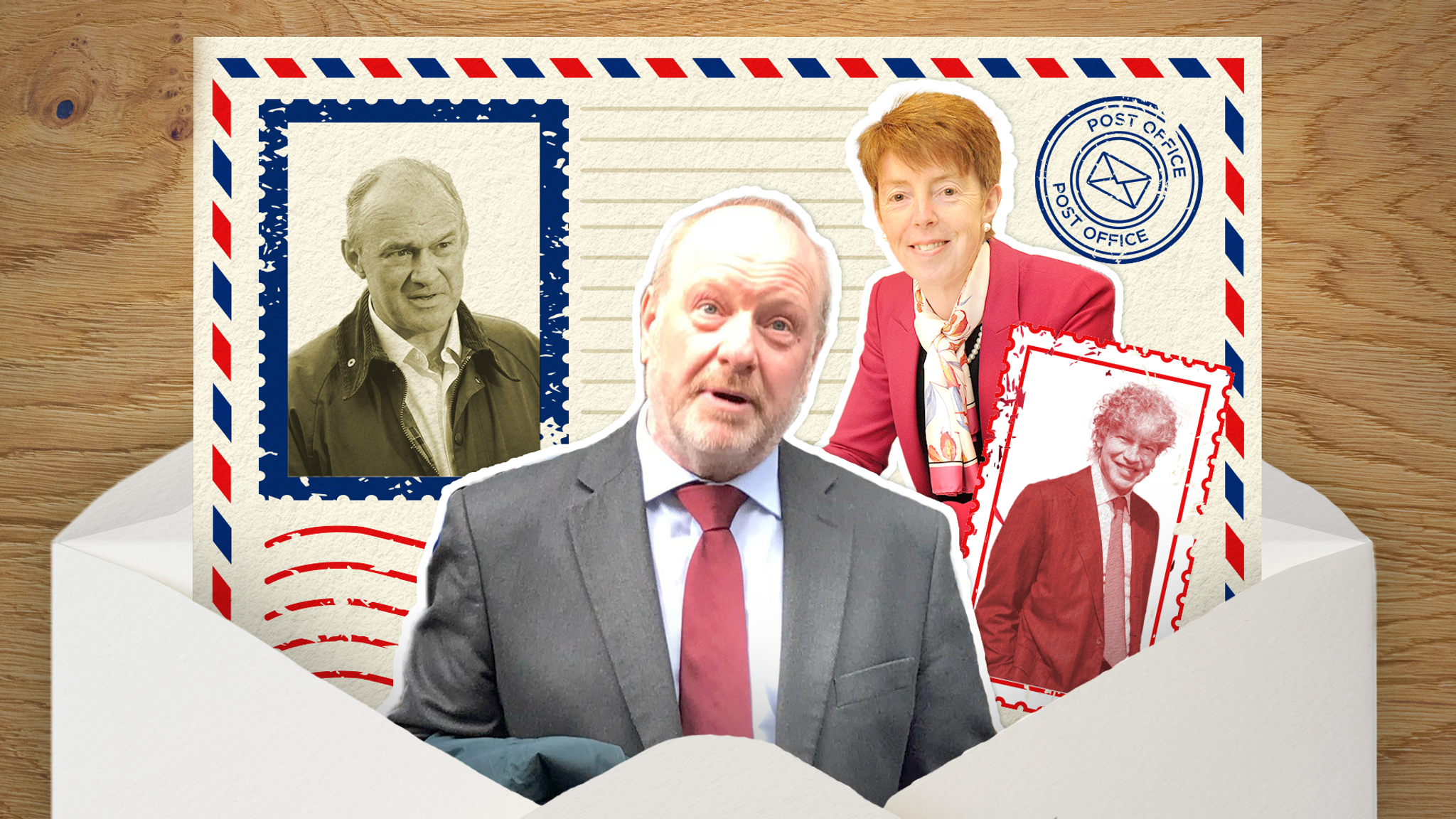 It was Fujitsu which created the defective computer program that saw the prosecution of more than 900 workers falsely accused of stealing money from post offices. This disgraceful episode which has resulted in legislation being brought in by the UK Parliament to overturn the convictions, was brought to light by a TV program, not government investigation.
It was Fujitsu which created the defective computer program that saw the prosecution of more than 900 workers falsely accused of stealing money from post offices. This disgraceful episode which has resulted in legislation being brought in by the UK Parliament to overturn the convictions, was brought to light by a TV program, not government investigation. Come to think of it, why is Blagden still a commoner? He has certainly contributed enough to be a peer.
Come to think of it, why is Blagden still a commoner? He has certainly contributed enough to be a peer.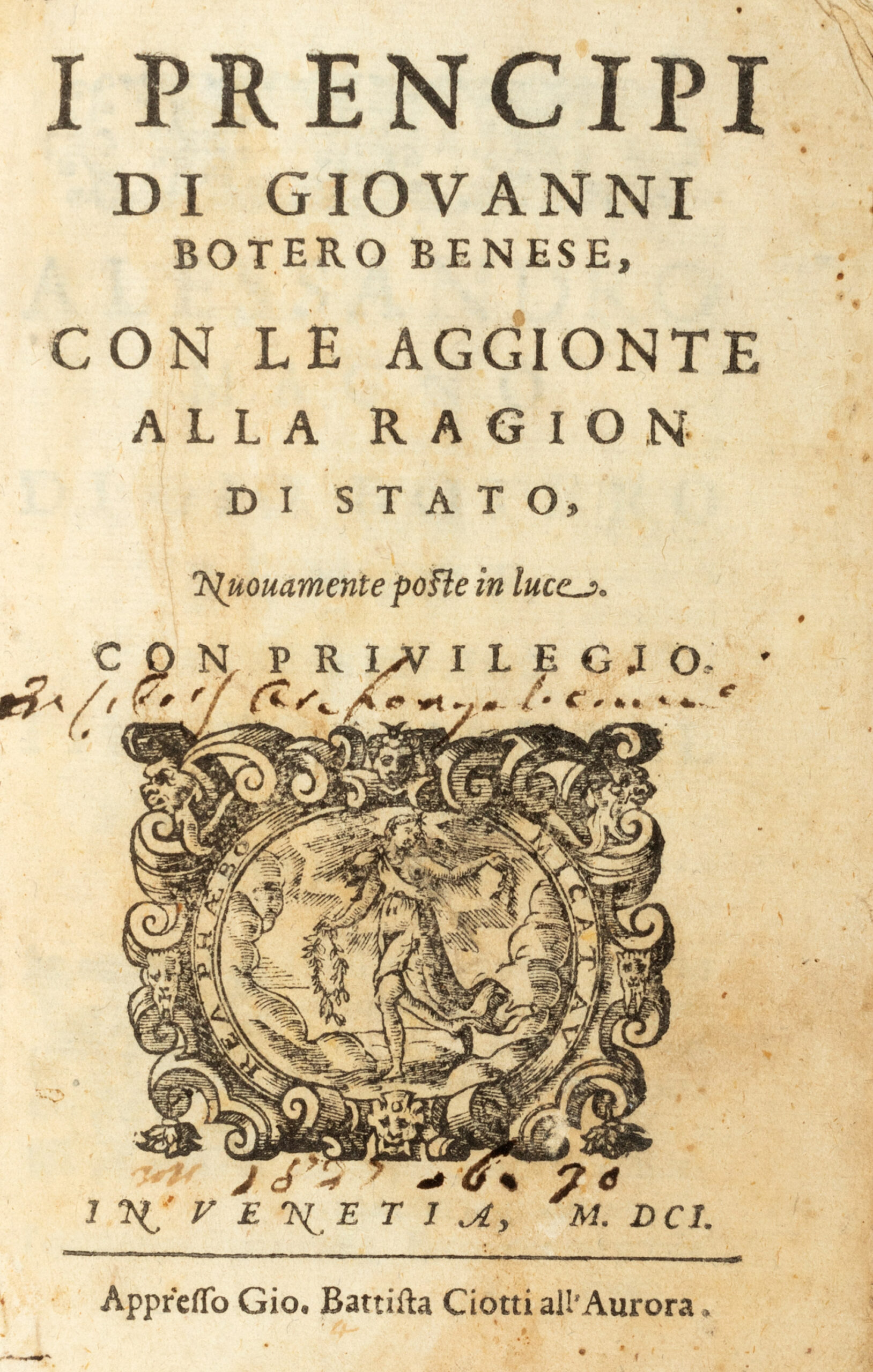

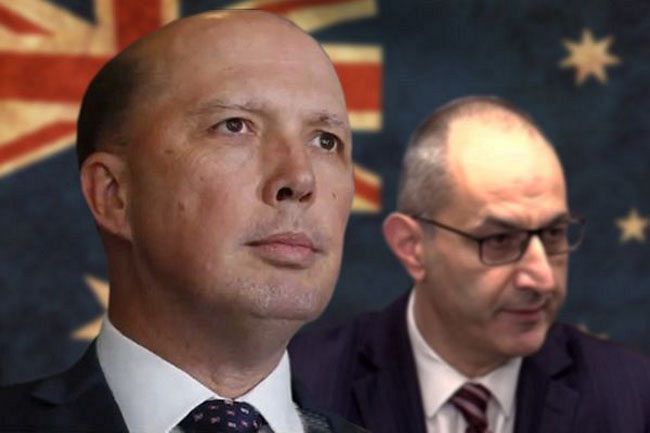
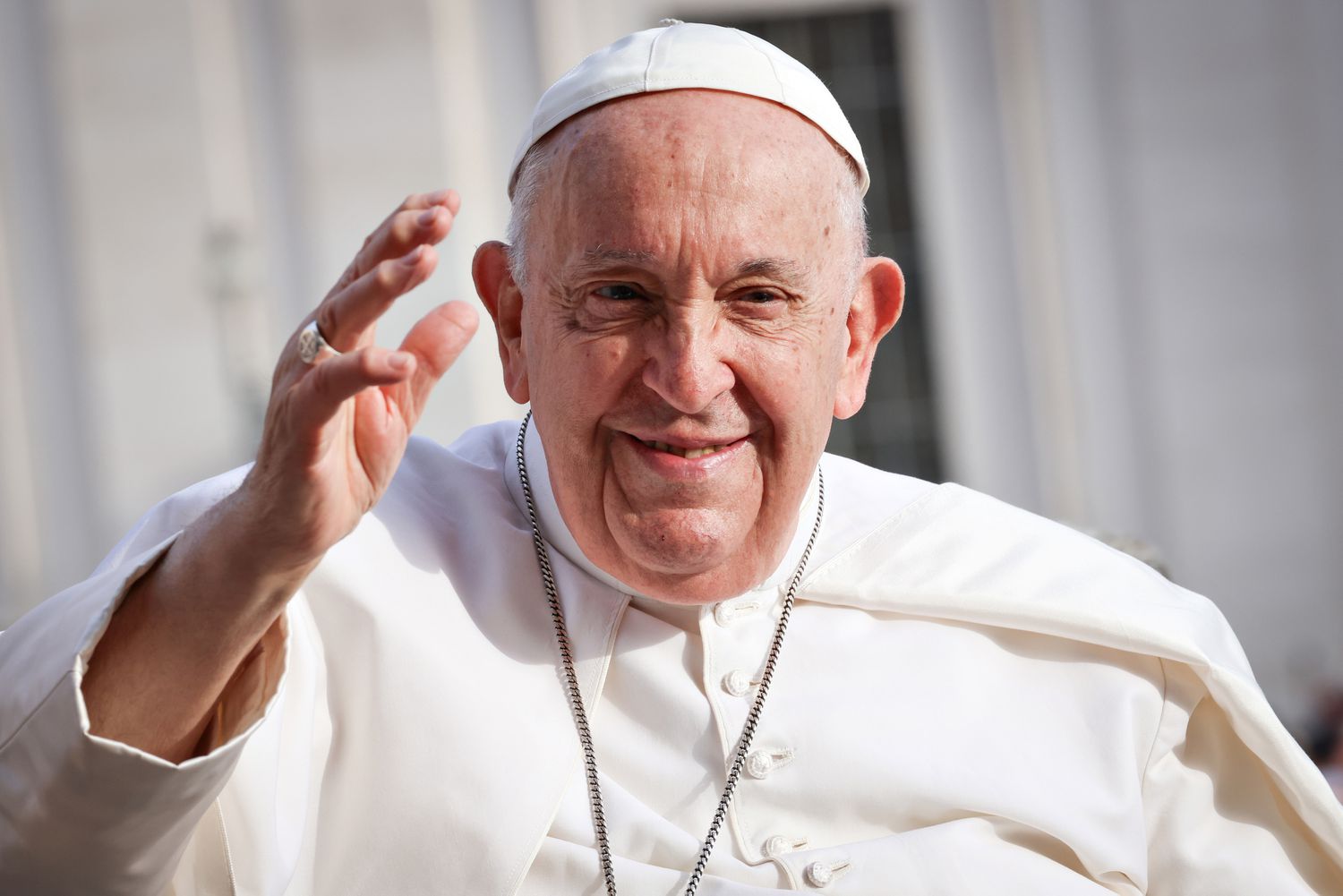

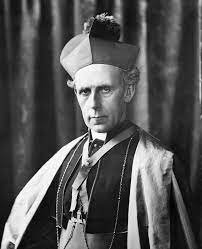 While many of the Roman Catholic bishops were in attendance at the lunch Archbishop Mannix, who then was 96 years old, was not. Daniel Mannix had been a divisive figure in Melbourne. His views were fashioned by his Irish antipathy to anything British, rather than by any Falangist motivation.
While many of the Roman Catholic bishops were in attendance at the lunch Archbishop Mannix, who then was 96 years old, was not. Daniel Mannix had been a divisive figure in Melbourne. His views were fashioned by his Irish antipathy to anything British, rather than by any Falangist motivation.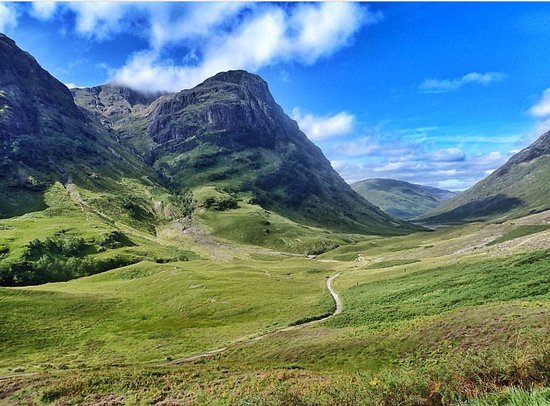
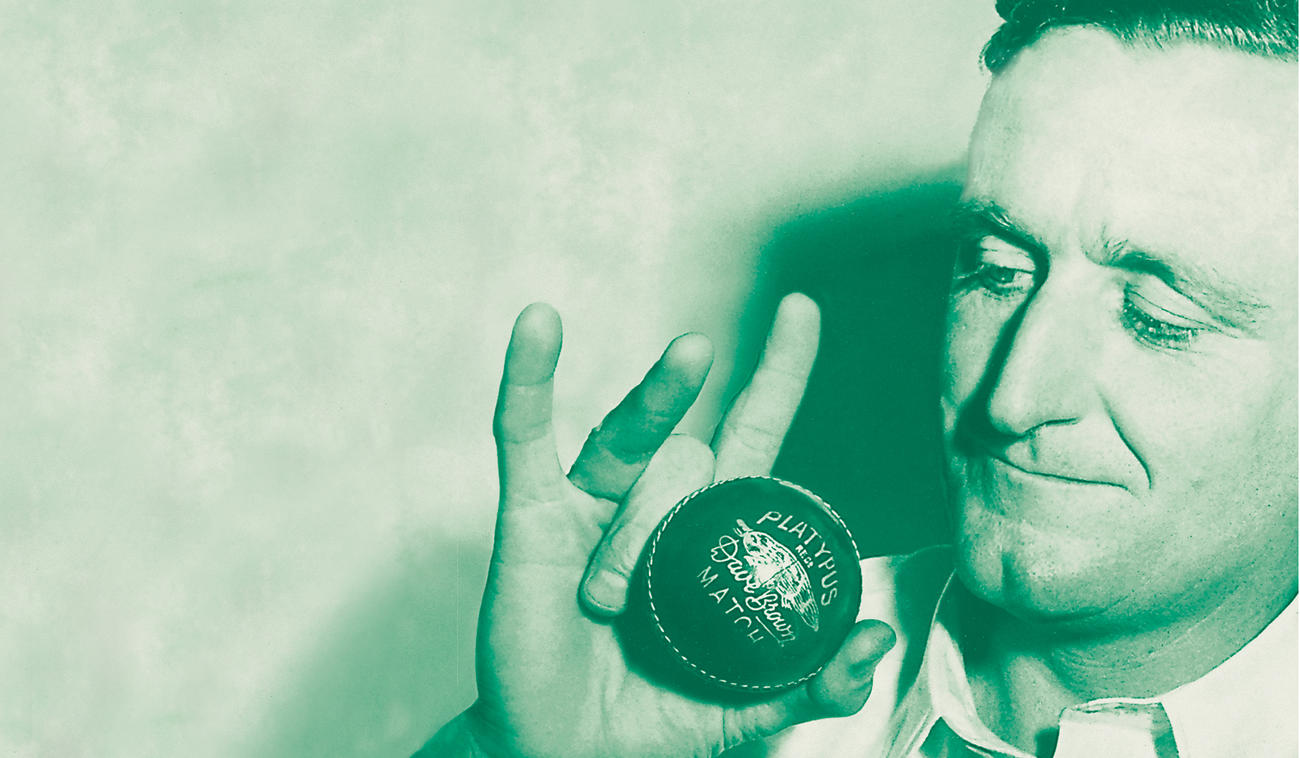 The Mouse Whisper reminded me of Jack Iverson, the right arm unorthodox leg spin bowler, who had a brief test career in Australia versus England in the 1950-51 series. He had come from nowhere two seasons before, but he had developed his unique spinning technique with a table tennis ball. Using his middle finger to spin a cricket ball rather than a table tennis ball was something else. His grip involving this powerful middle finger and thumb meant he could bowl off spin, leg breaks and googlies without changing his grip.
The Mouse Whisper reminded me of Jack Iverson, the right arm unorthodox leg spin bowler, who had a brief test career in Australia versus England in the 1950-51 series. He had come from nowhere two seasons before, but he had developed his unique spinning technique with a table tennis ball. Using his middle finger to spin a cricket ball rather than a table tennis ball was something else. His grip involving this powerful middle finger and thumb meant he could bowl off spin, leg breaks and googlies without changing his grip.
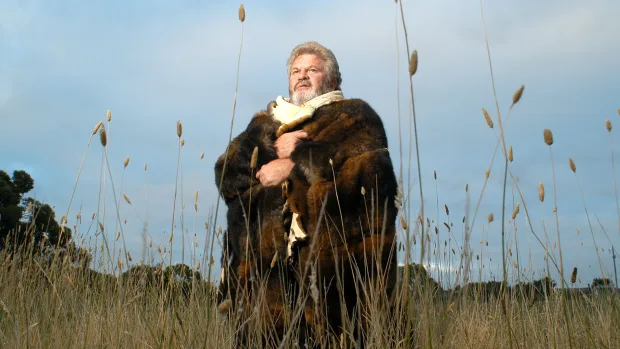
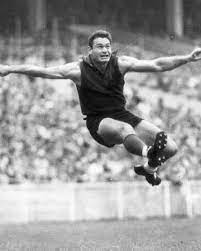 The ball was bounced and was kicked towards the Melbourne goal. Suddenly, out of the pack Ron Barassi exploded, grabbed the ball, kicked the goal. In less than a minute, the Grand Final was over. Barassi went on to be best on ground, kicking five goals. Melbourne won by 61 points.
The ball was bounced and was kicked towards the Melbourne goal. Suddenly, out of the pack Ron Barassi exploded, grabbed the ball, kicked the goal. In less than a minute, the Grand Final was over. Barassi went on to be best on ground, kicking five goals. Melbourne won by 61 points.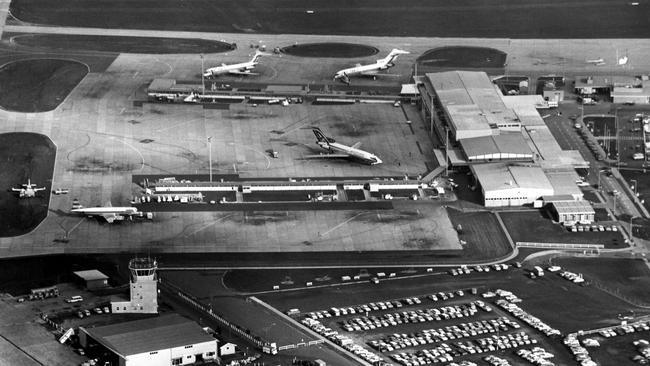
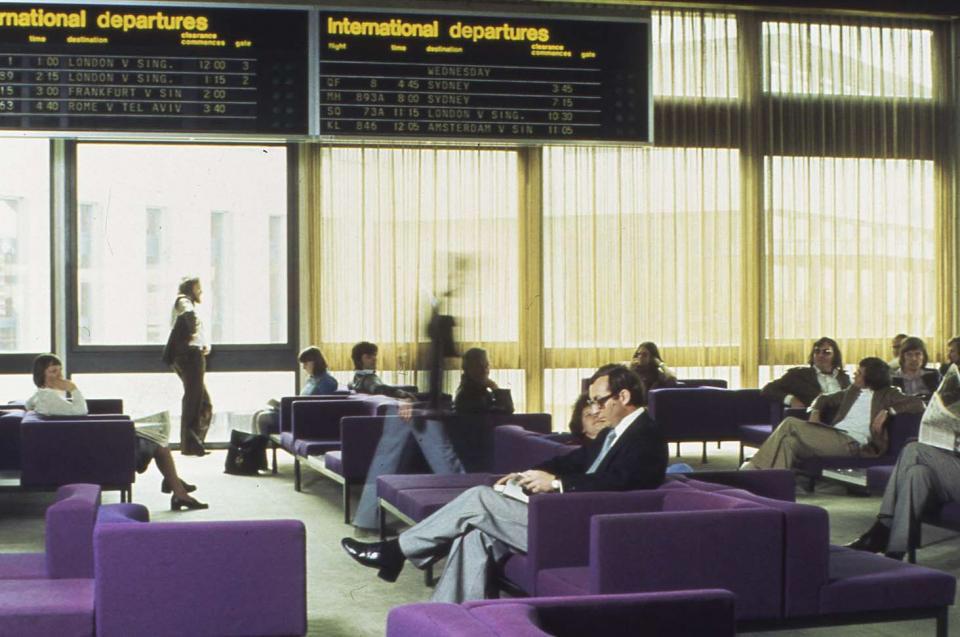
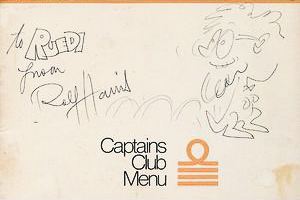
 Having worked with and for the Royal Flying Doctor Service (RFDS), I was somewhat surprised by the latest advertisement seeking contributions from the public. Depressingly all the images are of whitefellas being treated in what are unconvincing imagery. To spend a great deal of money to provide an aerial medical service to the outback stations and small settlements without any acknowledgement that one of the major communities which require the service RFDS is the Aboriginal community.
Having worked with and for the Royal Flying Doctor Service (RFDS), I was somewhat surprised by the latest advertisement seeking contributions from the public. Depressingly all the images are of whitefellas being treated in what are unconvincing imagery. To spend a great deal of money to provide an aerial medical service to the outback stations and small settlements without any acknowledgement that one of the major communities which require the service RFDS is the Aboriginal community.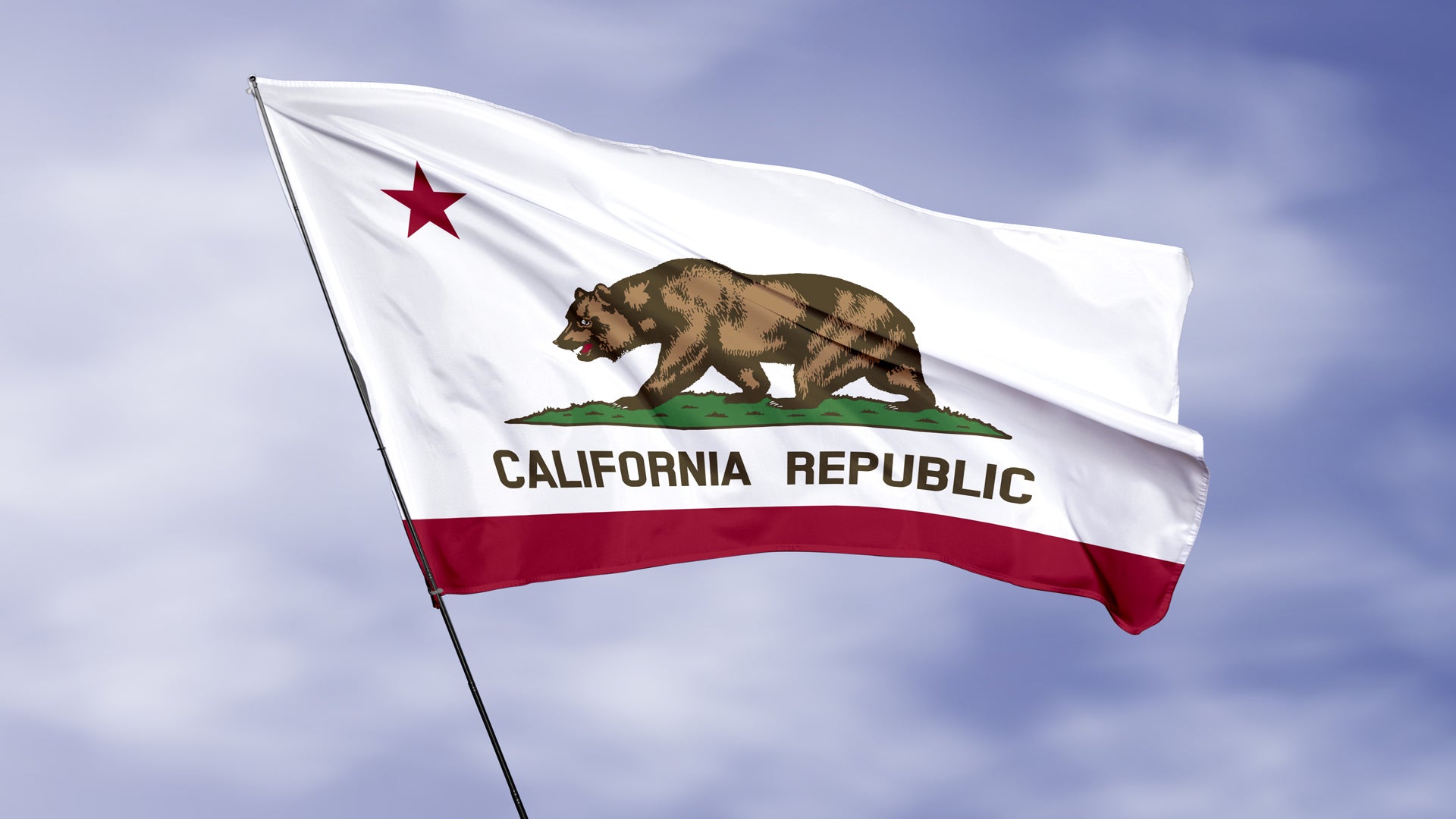
 What were those long poles doing lining the highway at intervals? There were about 20 metres high and near the top had cross bars, which gave the impression of a very elongated Cross of Lorraine and short pieces of white pipe. Enquiries found that they were gliders’ poles to enable the sugar and squirrel gliders to cross the highway, and even if they don’t make the top they often land down the pole and scramble to the top. If the distance is too far to glide – thirty metres is taken as a benchmark – a box rope ladder is strung between the two poles, and thus the glider can climb across the remaining distance “unglided”. Got to watch out for the circling hawks and eagles though.
What were those long poles doing lining the highway at intervals? There were about 20 metres high and near the top had cross bars, which gave the impression of a very elongated Cross of Lorraine and short pieces of white pipe. Enquiries found that they were gliders’ poles to enable the sugar and squirrel gliders to cross the highway, and even if they don’t make the top they often land down the pole and scramble to the top. If the distance is too far to glide – thirty metres is taken as a benchmark – a box rope ladder is strung between the two poles, and thus the glider can climb across the remaining distance “unglided”. Got to watch out for the circling hawks and eagles though.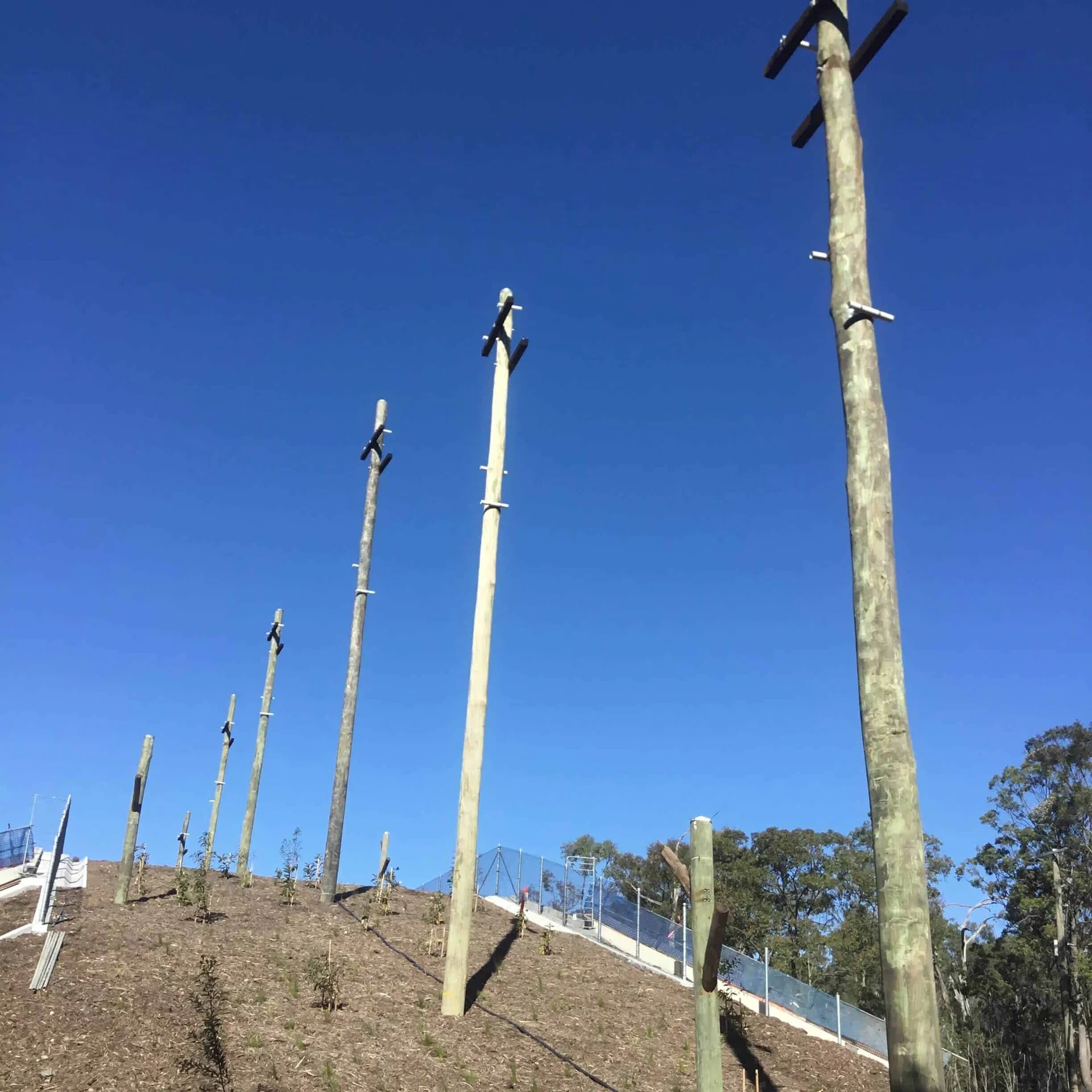
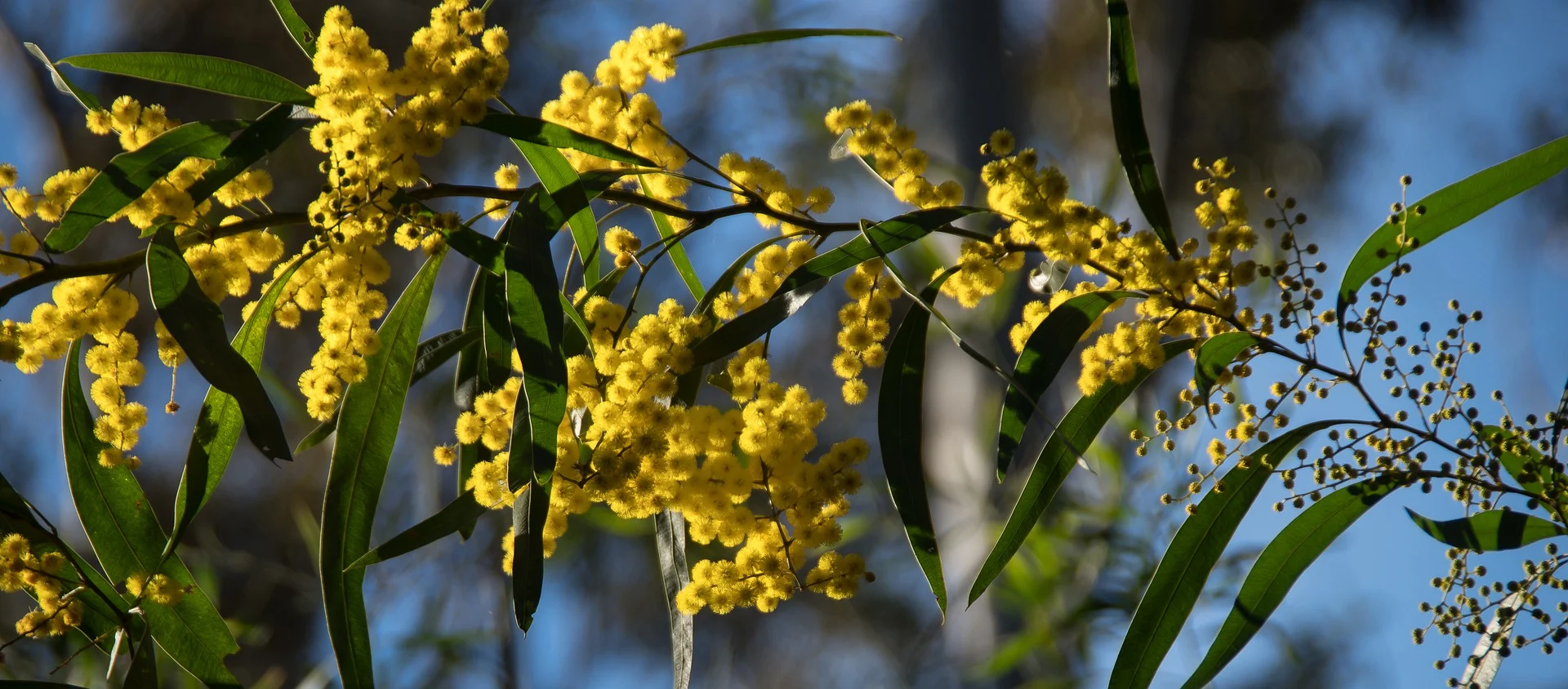
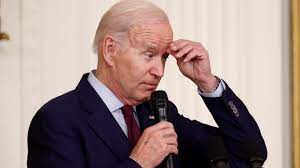 Biden may still have his marbles, but it is the presentation. His face is a mask. An engaging smile is offset by a pale face under a wispy white thatch and hooded eyes where, as he walks, he dodders. He tries hard to appear younger, but he is 80 and it is inconceivable that he could withstand the decapitation of America, the climate tempest which is intensifying and the madness of Vladimir Putin. And then there is his son, unfair as the accusations may be, Hunter Biden is being weaponised.
Biden may still have his marbles, but it is the presentation. His face is a mask. An engaging smile is offset by a pale face under a wispy white thatch and hooded eyes where, as he walks, he dodders. He tries hard to appear younger, but he is 80 and it is inconceivable that he could withstand the decapitation of America, the climate tempest which is intensifying and the madness of Vladimir Putin. And then there is his son, unfair as the accusations may be, Hunter Biden is being weaponised.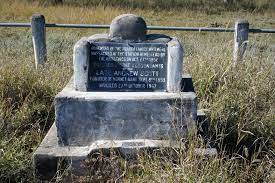 The Dawson River, confluent with the Upper Dawson River, is a waterway that runs through Jiman Country, where the infamous Hornet Bank Massacre took place in 1857. The marking of this historical event, the Hornet Bank Massacre, does not memorialise the deaths of hundreds of Jiman people but rather refers to the deaths of eleven settlers and one displaced Indigenous man who were occupying Jiman Country at that time without local permission. The word massacre in the title of this historicised event, all its capitalisation, attempts to silence the other story of murdered men, raped women, stolen children, poisoned dogs, and all the pain of the white violence that preceded and followed this inevitable confrontation.
The Dawson River, confluent with the Upper Dawson River, is a waterway that runs through Jiman Country, where the infamous Hornet Bank Massacre took place in 1857. The marking of this historical event, the Hornet Bank Massacre, does not memorialise the deaths of hundreds of Jiman people but rather refers to the deaths of eleven settlers and one displaced Indigenous man who were occupying Jiman Country at that time without local permission. The word massacre in the title of this historicised event, all its capitalisation, attempts to silence the other story of murdered men, raped women, stolen children, poisoned dogs, and all the pain of the white violence that preceded and followed this inevitable confrontation.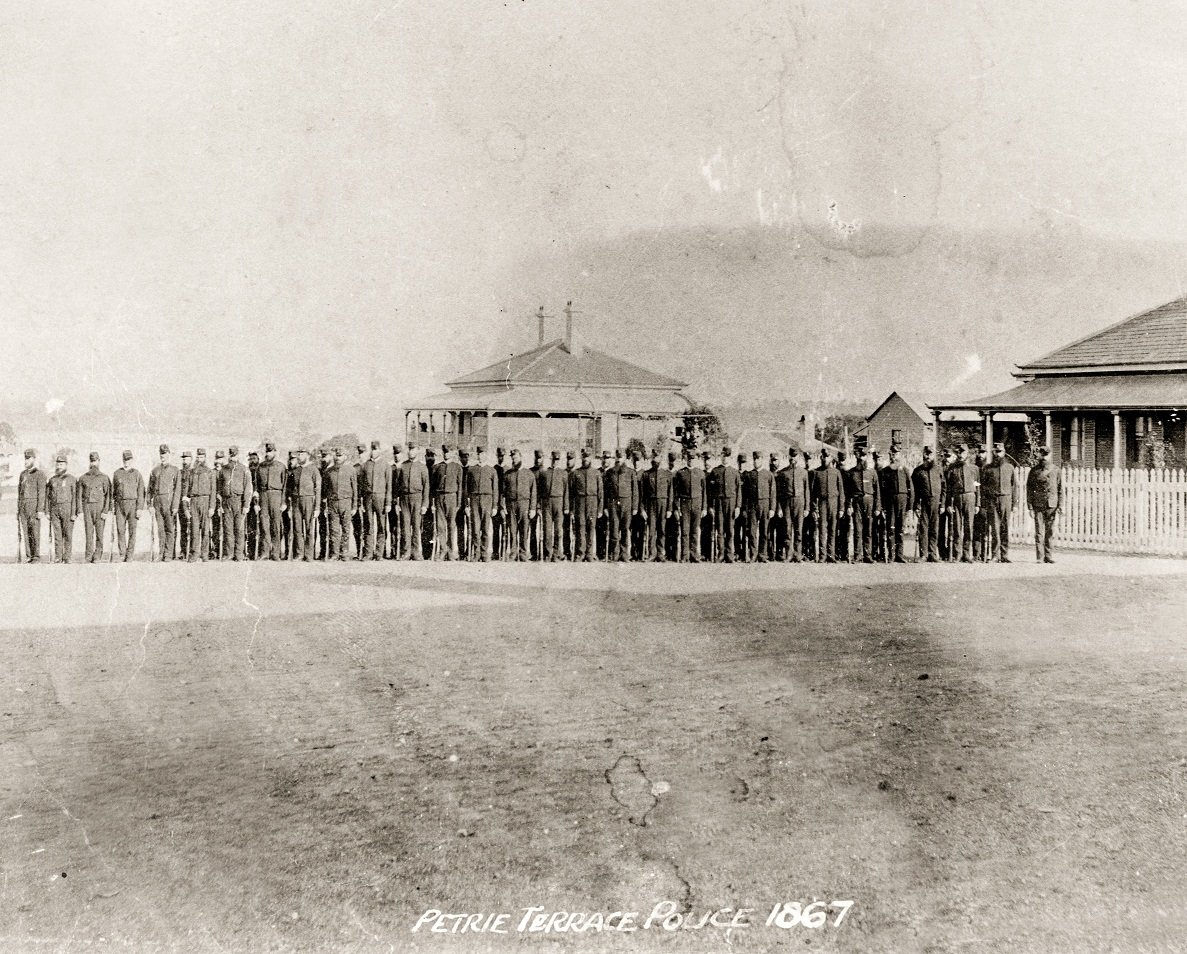
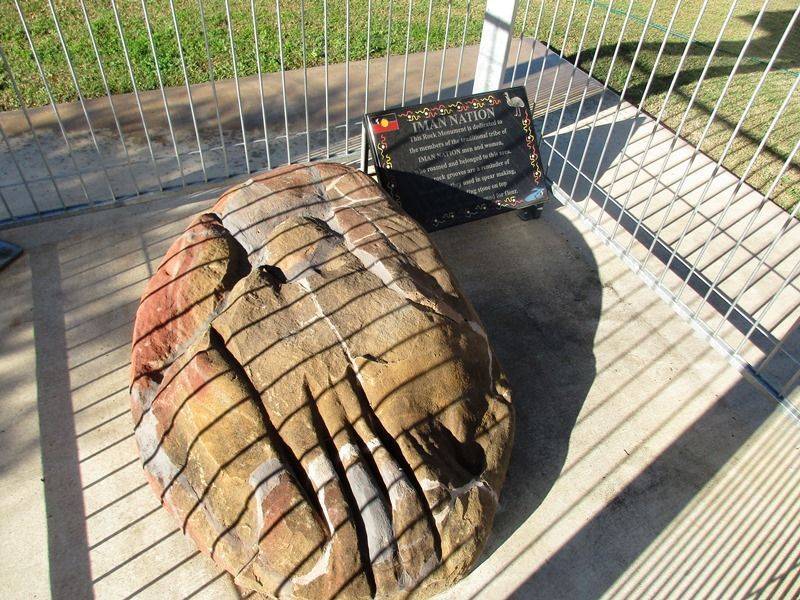 There were no custodians there when we visited some twenty years ago. The Dawson River flows into the Fitzroy River, containing a wide variety of fish, including barramundi and the occasional crocodile. The Dawson River is lined by Dawson palms which are found nowhere else. We passed through Taroom, but we could not remember seeing the memorial on the Leichhardt Highway to the Yiman. This is a rock where there are cuts to represent spear cuts and on the top of which is a replica of a grindstone for seeds.
There were no custodians there when we visited some twenty years ago. The Dawson River flows into the Fitzroy River, containing a wide variety of fish, including barramundi and the occasional crocodile. The Dawson River is lined by Dawson palms which are found nowhere else. We passed through Taroom, but we could not remember seeing the memorial on the Leichhardt Highway to the Yiman. This is a rock where there are cuts to represent spear cuts and on the top of which is a replica of a grindstone for seeds.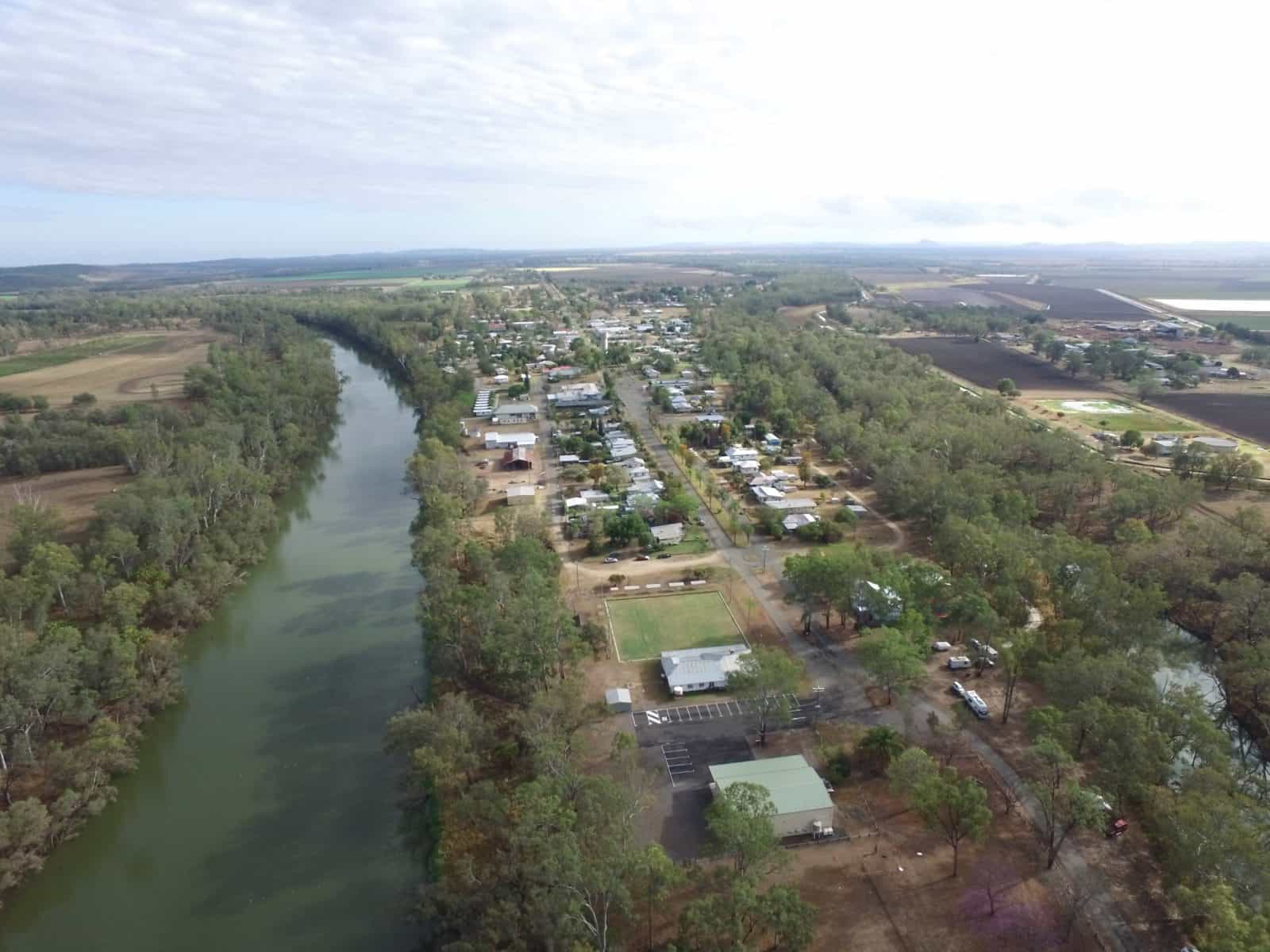

 I remember needing to find a public toilet in a rural Alabama town. I eventually found one, but it was locked. I made it to McDonald’s who kindly allowed me to use their rest room but let me say it seemed not have been recently cleaned – like a year. The graffiti on the walls and door were as depressingly similar, as that found I suspect everywhere in this forgotten land of public responsibility around the world.
I remember needing to find a public toilet in a rural Alabama town. I eventually found one, but it was locked. I made it to McDonald’s who kindly allowed me to use their rest room but let me say it seemed not have been recently cleaned – like a year. The graffiti on the walls and door were as depressingly similar, as that found I suspect everywhere in this forgotten land of public responsibility around the world.
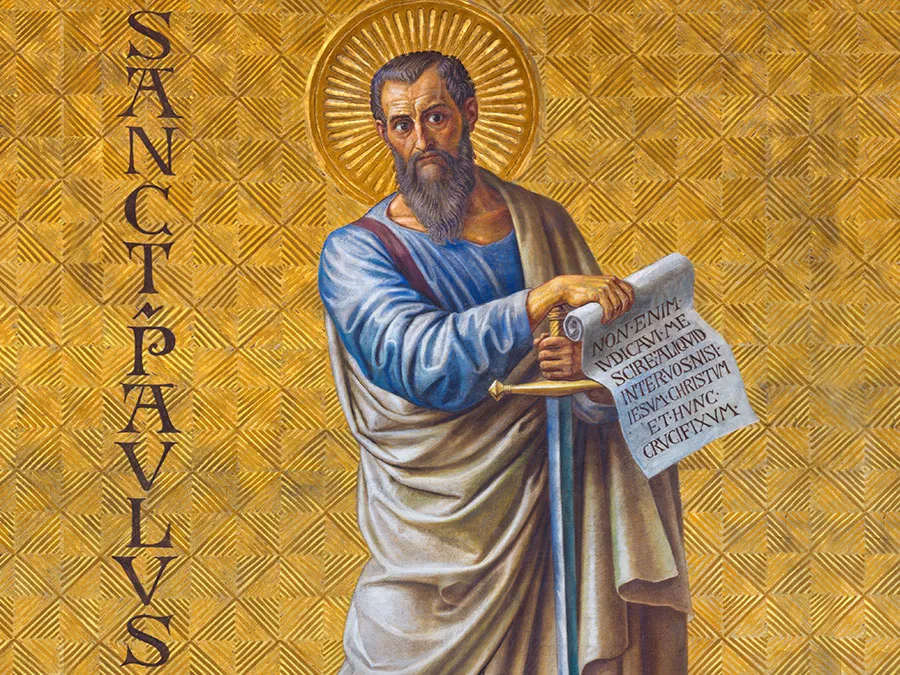 St Paul was undoubtedly authoritarian – always telling the people to whom he wrote his letters what to do – probably inciting dread in the early Christian community. “Paul is coming next month. We better clean the house.”
St Paul was undoubtedly authoritarian – always telling the people to whom he wrote his letters what to do – probably inciting dread in the early Christian community. “Paul is coming next month. We better clean the house.”
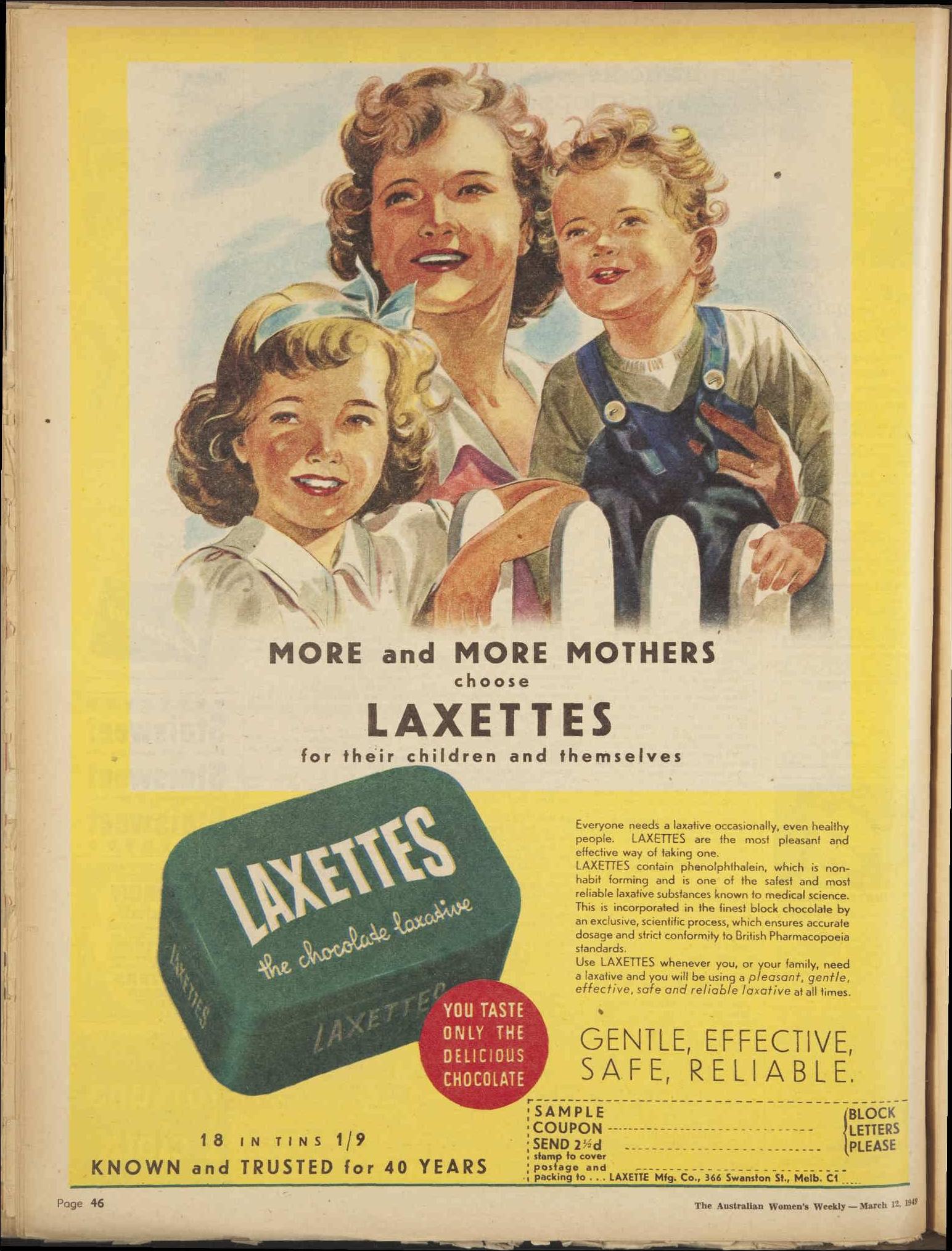 This was a time when rationing of some food items was still in place, meat and tea. Eggs, milk and particularly butter were in restricted supply – sugar was removed from rationing in 1947. I had only experienced brown sugar, so white sugar was a novelty. Chocolate was non-existent, except in Laxettes.
This was a time when rationing of some food items was still in place, meat and tea. Eggs, milk and particularly butter were in restricted supply – sugar was removed from rationing in 1947. I had only experienced brown sugar, so white sugar was a novelty. Chocolate was non-existent, except in Laxettes.
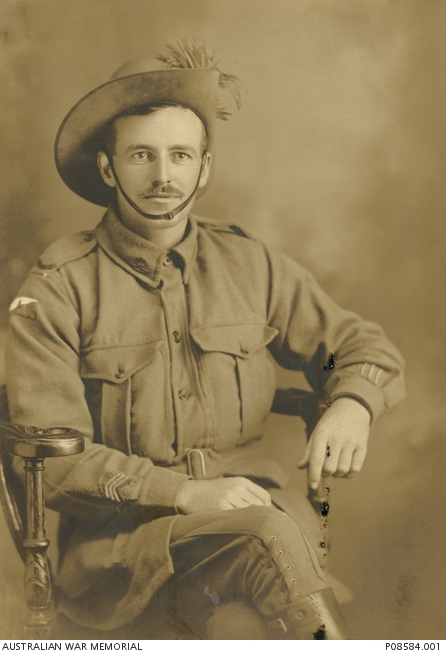
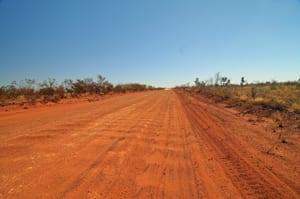
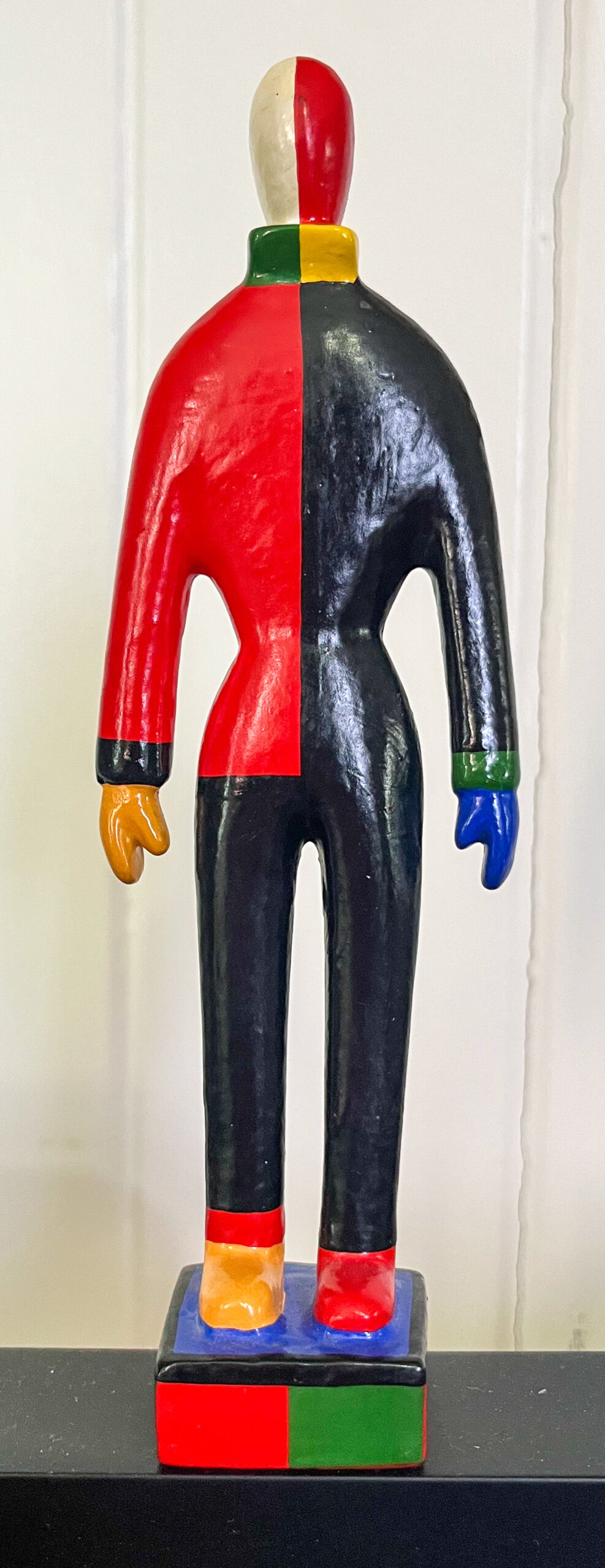 I stare hard at the figurine of one of the Athletes in the painting by Kazimir Malevich. I purchased the figurine as a memento of the Malevich exhibition. It was the one with half the head coloured red the other side white. The rest of the figurine is a mixture of red and black. It doesn’t look like an Athlete, but I read the explanation, with which I headed this piece. I also have a coffee table book which shows most of his paintings, as well as a set of Malevich postcards and a large poster titled The Carpenter, which was painted and reflects very much the style he used in The Athletes.
I stare hard at the figurine of one of the Athletes in the painting by Kazimir Malevich. I purchased the figurine as a memento of the Malevich exhibition. It was the one with half the head coloured red the other side white. The rest of the figurine is a mixture of red and black. It doesn’t look like an Athlete, but I read the explanation, with which I headed this piece. I also have a coffee table book which shows most of his paintings, as well as a set of Malevich postcards and a large poster titled The Carpenter, which was painted and reflects very much the style he used in The Athletes.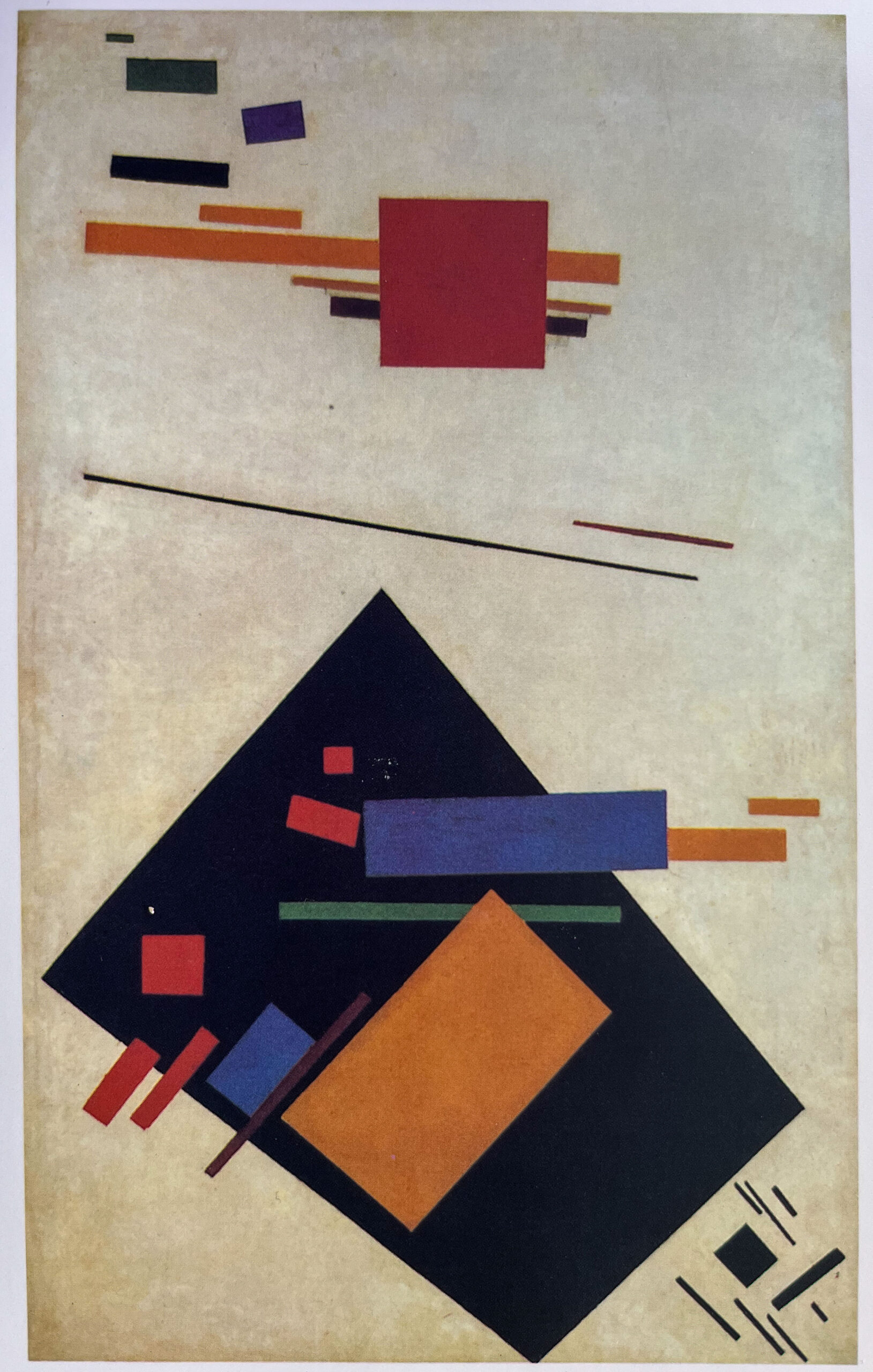
 During this last week, the Barngarla Determination Aboriginal Corporation in South Australia has the Federal Court ruling in its favour in relation to a nuclear waste dump. The Federal Education Minister has opened the universities to essentially positive affirmation for Indigenous people. Then Michael Mansell, whose playbook is that of protest, comes out with a reasoned argument to call off the referendum all together and start negotiating a treaty. At no stage has there been any impediment because Aboriginal rights have not been incorporated into the Constitution, and with all respects, what happened this past week epitomises policy development.
During this last week, the Barngarla Determination Aboriginal Corporation in South Australia has the Federal Court ruling in its favour in relation to a nuclear waste dump. The Federal Education Minister has opened the universities to essentially positive affirmation for Indigenous people. Then Michael Mansell, whose playbook is that of protest, comes out with a reasoned argument to call off the referendum all together and start negotiating a treaty. At no stage has there been any impediment because Aboriginal rights have not been incorporated into the Constitution, and with all respects, what happened this past week epitomises policy development.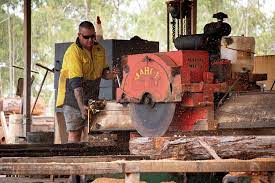 The money has provided investment in a sawmill, and the ABC reported that it had been productive; yet on the day the ABC reporters visited, there was only one worker on site, the rest were on the local version of “sorry business”. So, what’s new? To think that these Aboriginal mobs having had the chance to invest the royalties are talking about going back on welfare mocks the very essence of the “Yes” case.
The money has provided investment in a sawmill, and the ABC reported that it had been productive; yet on the day the ABC reporters visited, there was only one worker on site, the rest were on the local version of “sorry business”. So, what’s new? To think that these Aboriginal mobs having had the chance to invest the royalties are talking about going back on welfare mocks the very essence of the “Yes” case. “The multi-city model for delivering Victoria 2026 was an approach proposed by the Victorian Government, in accordance with strategic roadmap of the Commonwealth Games Federation (CGF) … beyond this, the Victorian Government wilfully ignored recommendations to move events to purpose-built stadia in Melbourne and in fact remained wedded to proceeding with expensive temporary venues in regional Victoria.”
“The multi-city model for delivering Victoria 2026 was an approach proposed by the Victorian Government, in accordance with strategic roadmap of the Commonwealth Games Federation (CGF) … beyond this, the Victorian Government wilfully ignored recommendations to move events to purpose-built stadia in Melbourne and in fact remained wedded to proceeding with expensive temporary venues in regional Victoria.”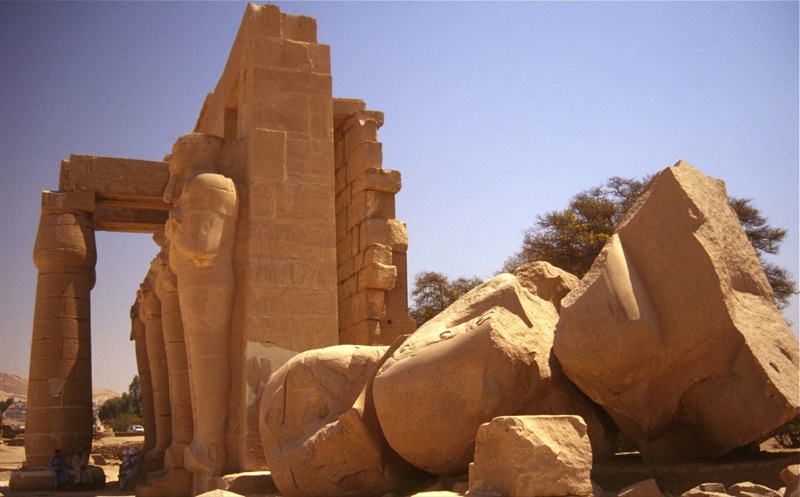
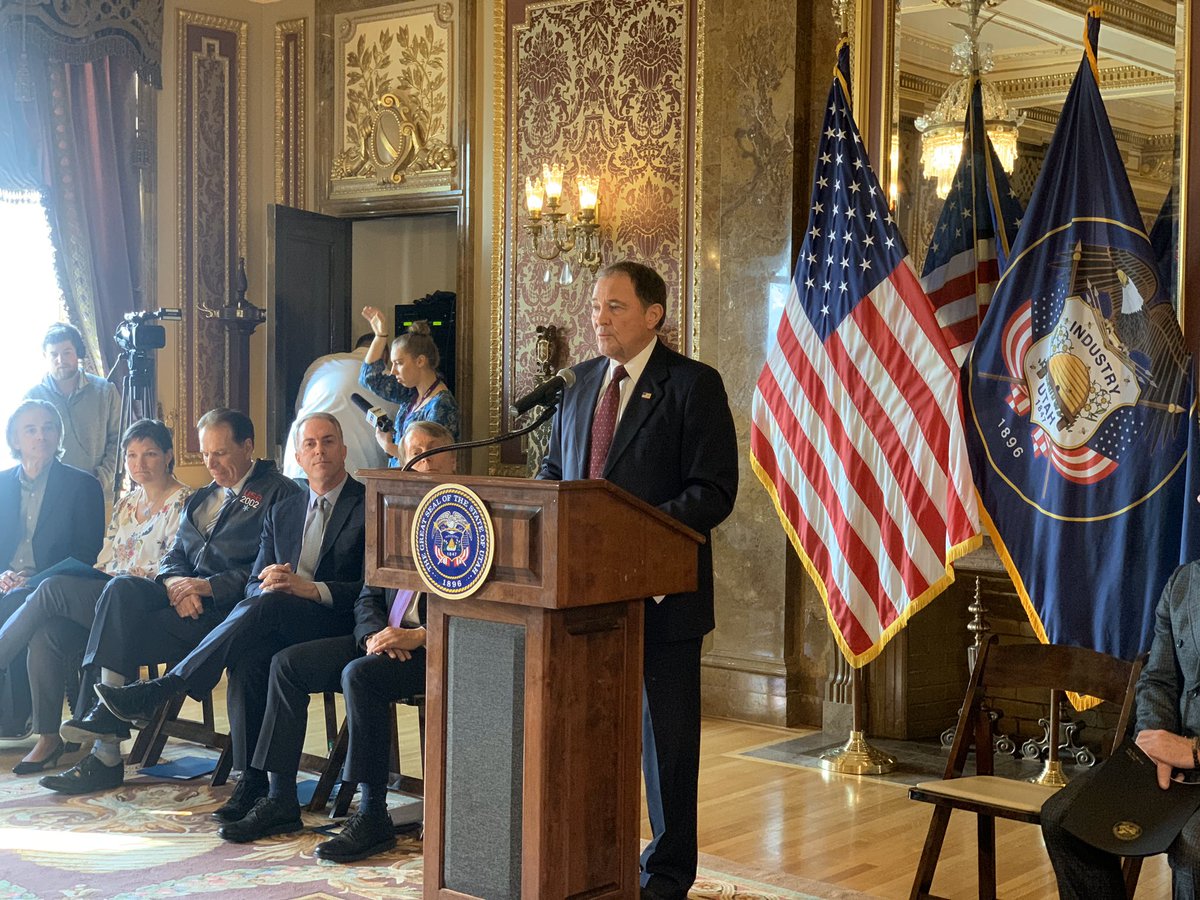
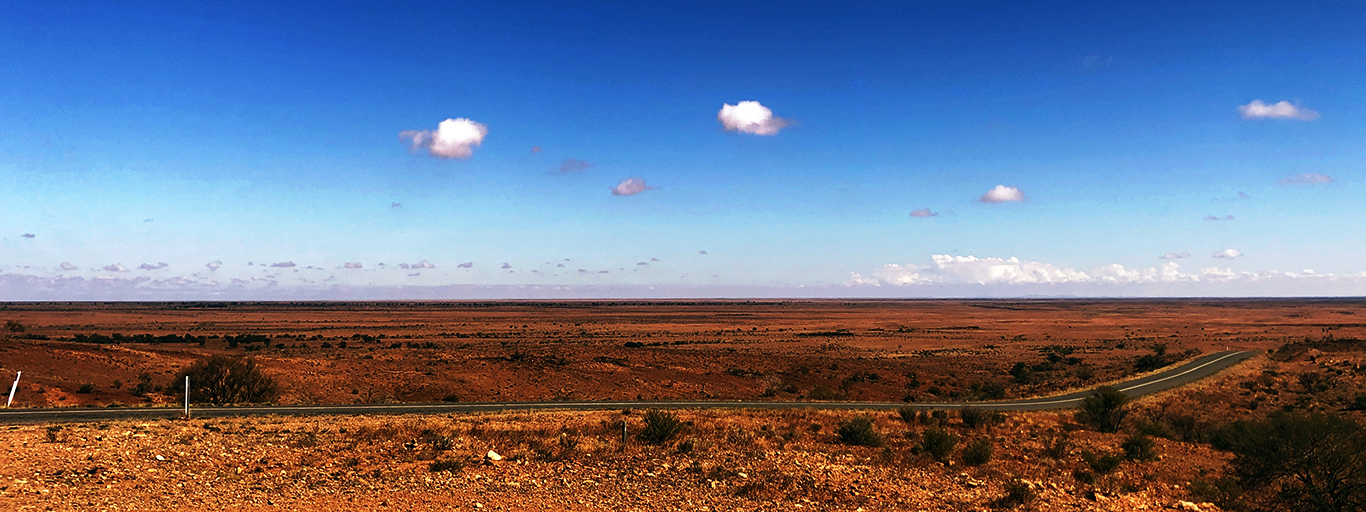
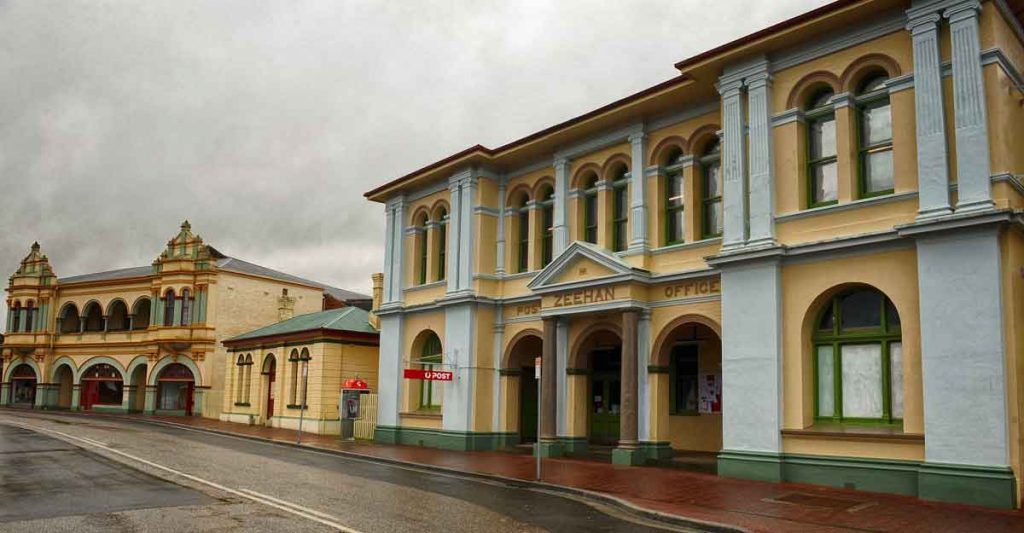

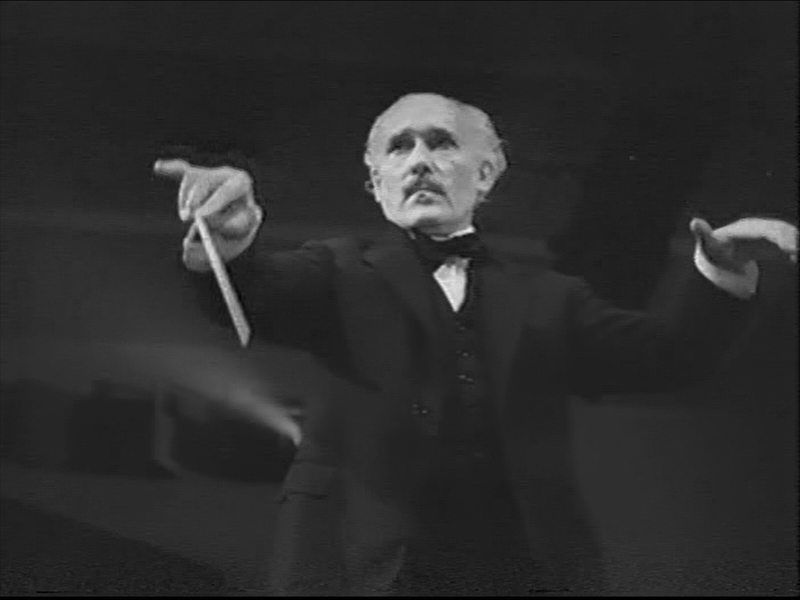
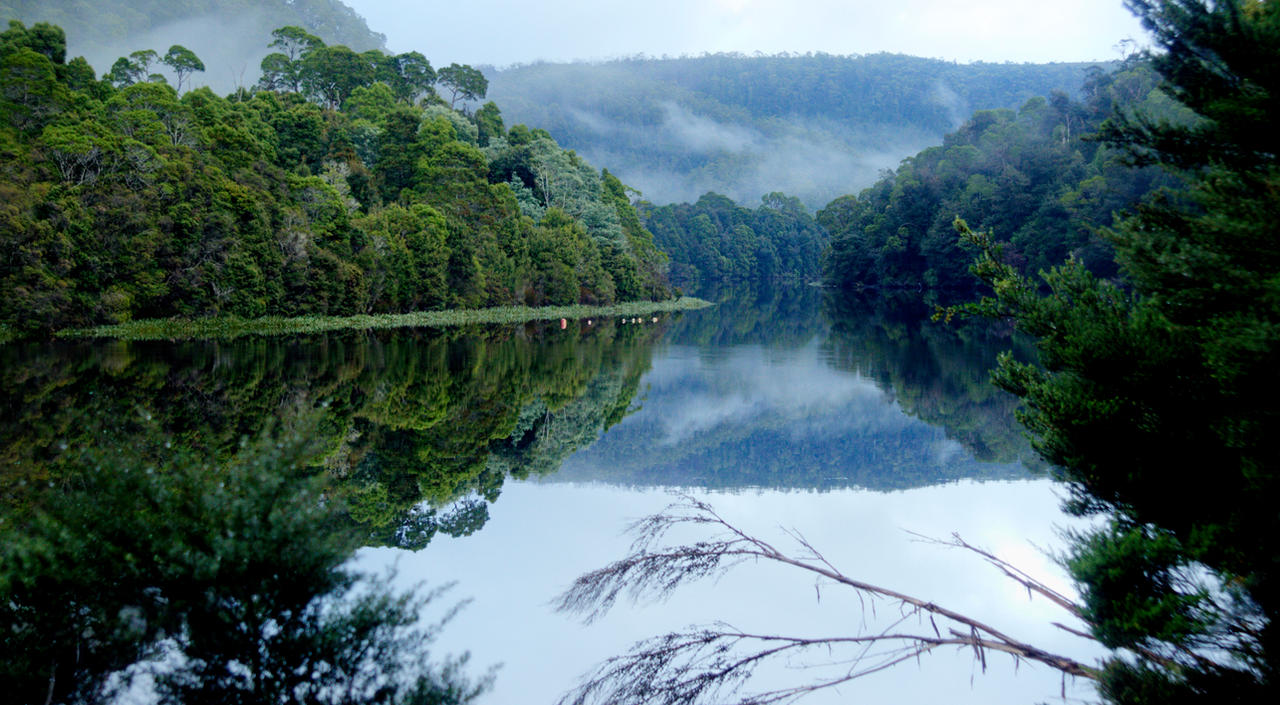

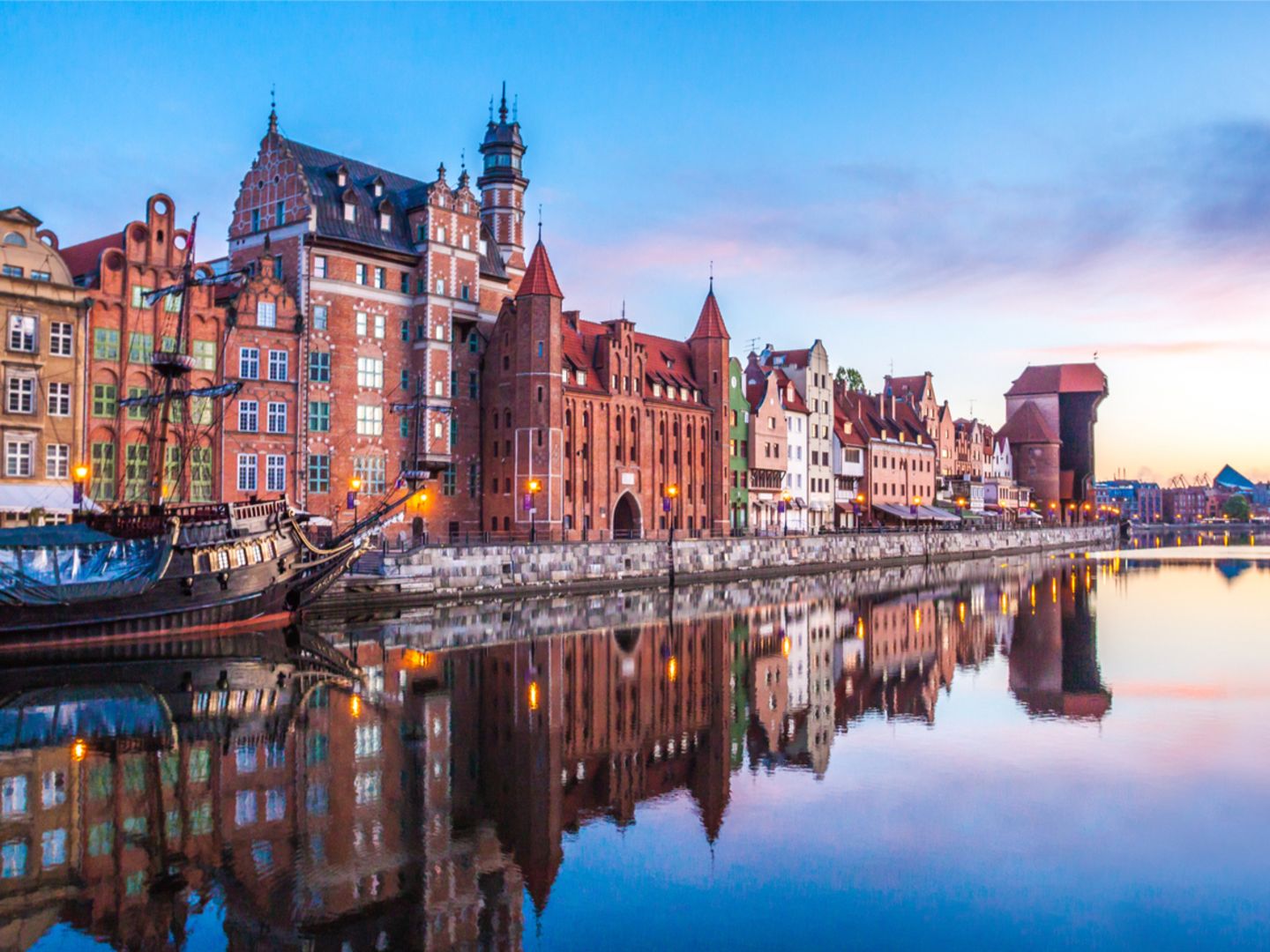
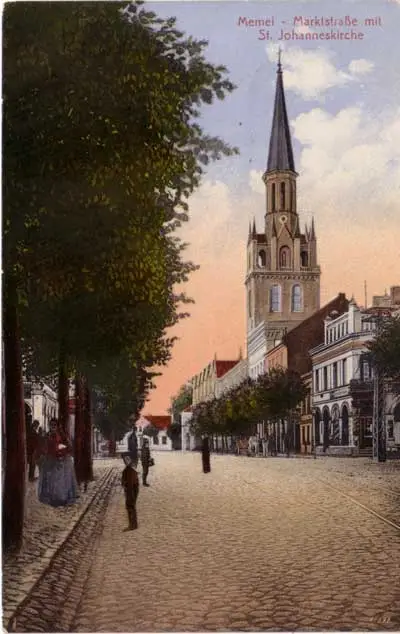

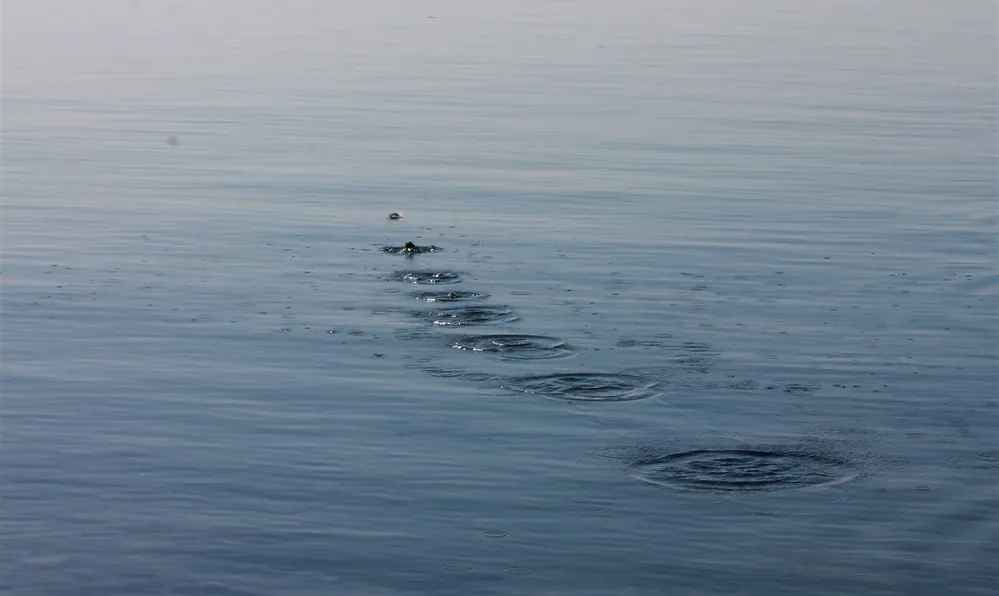
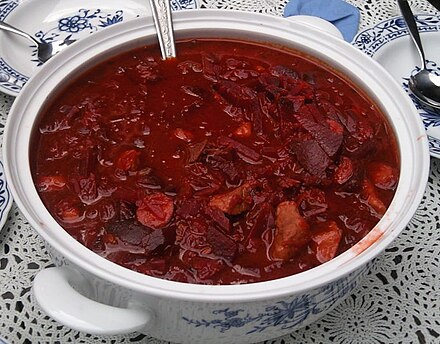 I was reminded of the first by this long article in The Guardian about borscht. I advisedly spell it the Yiddish way because it was presented to us one Friday night at Shabbat. As I understand it, heating the food for Shabbat is not done, so when we sat down we were presented with this blood red beetroot cold soup. For those of us not used to such soup, including myself, I felt as I sipped it, my stomach immediately rejecting it and that going down was met by that coming up. I was not alone. There is no etiquette for vomiting at the dinner table, especially when presented with a signature dish. There was a certain embarrassment, but the gefilte fish attracted more positive comments. I must say that I have eaten borscht since, but always warm – not that I have a phobia about cold soup. Iced gazpacho on a hot day is a magnificent culinary antidote on such a day.
I was reminded of the first by this long article in The Guardian about borscht. I advisedly spell it the Yiddish way because it was presented to us one Friday night at Shabbat. As I understand it, heating the food for Shabbat is not done, so when we sat down we were presented with this blood red beetroot cold soup. For those of us not used to such soup, including myself, I felt as I sipped it, my stomach immediately rejecting it and that going down was met by that coming up. I was not alone. There is no etiquette for vomiting at the dinner table, especially when presented with a signature dish. There was a certain embarrassment, but the gefilte fish attracted more positive comments. I must say that I have eaten borscht since, but always warm – not that I have a phobia about cold soup. Iced gazpacho on a hot day is a magnificent culinary antidote on such a day.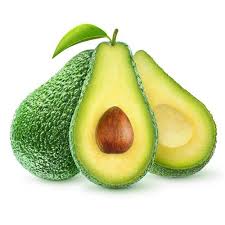 The second disastrous introduction was to the avocado. One night, we had been invited to a dinner party. It was sometime in the early 1960s. The hostess produced this unfamiliar green fruit, which vaguely resembled a pebbled-skin pear. However, nobody had told her that they had to be ripe to eat. Hence, we struggled with the yellowish flesh surrounding the central seed. Unripe avocado flesh, as we found out, was like concrete, and after hacking pieces of this flesh, it proved completely inedible. Nobody had thought to read anything about the fact that avocados had to ripen – and as we were already well lubricated, the avocados were swiftly destined for the rubbish bin.
The second disastrous introduction was to the avocado. One night, we had been invited to a dinner party. It was sometime in the early 1960s. The hostess produced this unfamiliar green fruit, which vaguely resembled a pebbled-skin pear. However, nobody had told her that they had to be ripe to eat. Hence, we struggled with the yellowish flesh surrounding the central seed. Unripe avocado flesh, as we found out, was like concrete, and after hacking pieces of this flesh, it proved completely inedible. Nobody had thought to read anything about the fact that avocados had to ripen – and as we were already well lubricated, the avocados were swiftly destined for the rubbish bin.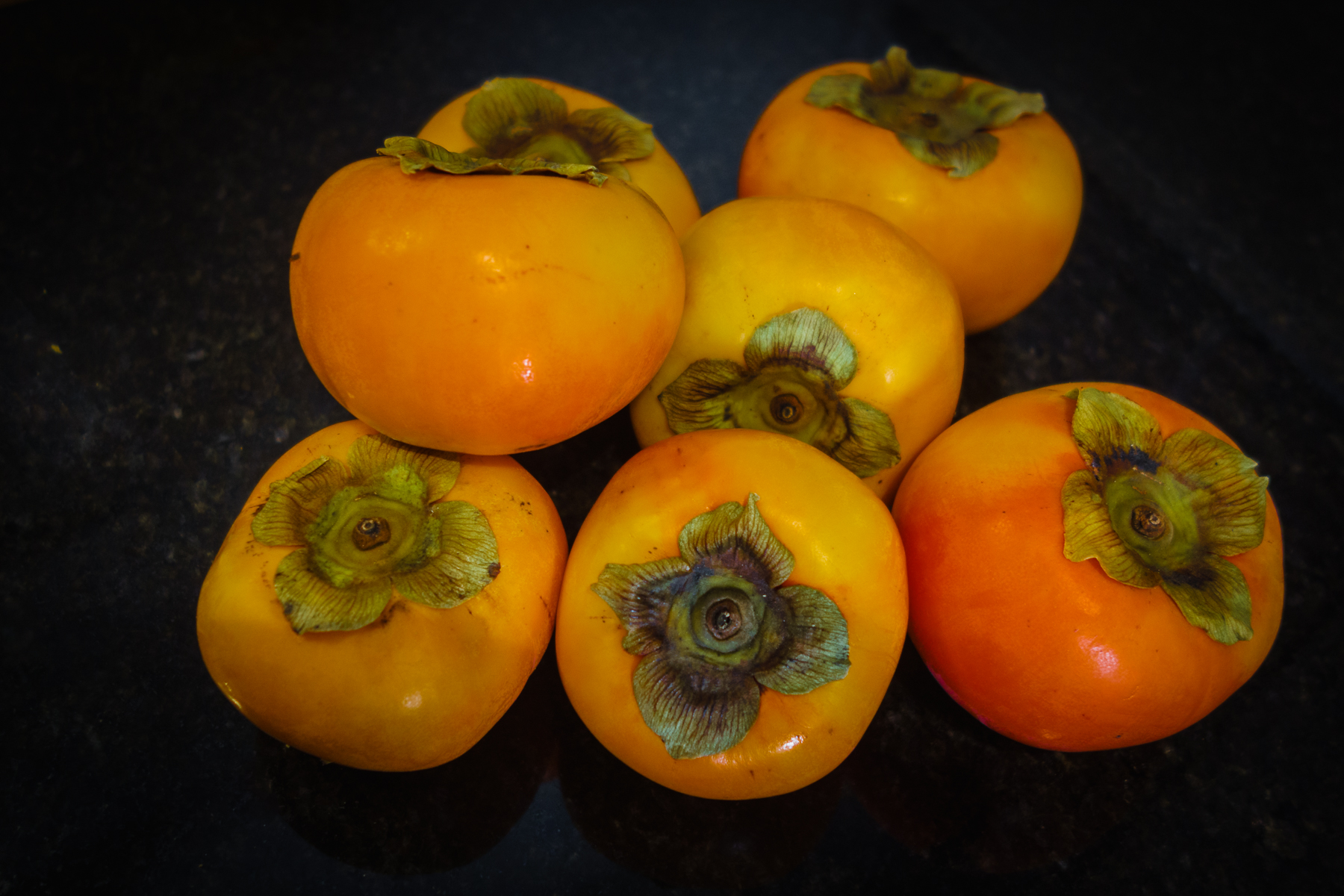 The third disastrous introduction was to the persimmon. There are two varieties of persimmon – those that are astringent when not perfectly ripe and those which are not. This time the particular hostess proudly presented us with persimmons as a treat at the end of the meal. Unfortunately, they were the astringent types, and I referred to my mouth after eating a sliver as being like having an Axminster carpet lining my mouth, so great was the astringency.
The third disastrous introduction was to the persimmon. There are two varieties of persimmon – those that are astringent when not perfectly ripe and those which are not. This time the particular hostess proudly presented us with persimmons as a treat at the end of the meal. Unfortunately, they were the astringent types, and I referred to my mouth after eating a sliver as being like having an Axminster carpet lining my mouth, so great was the astringency.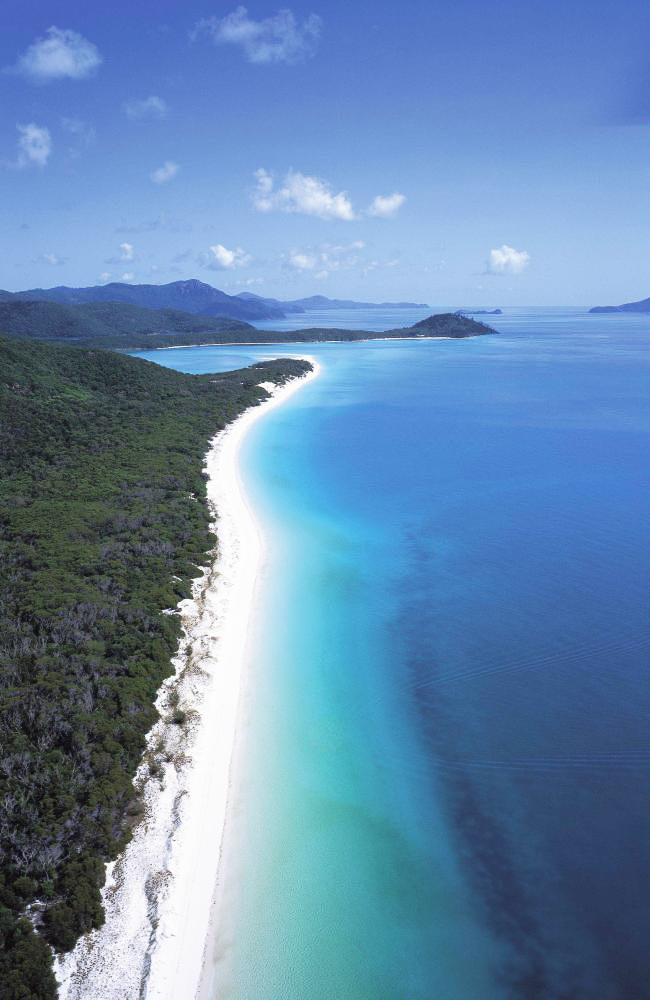
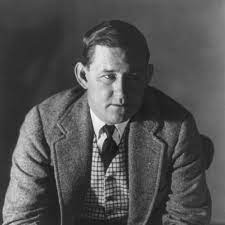
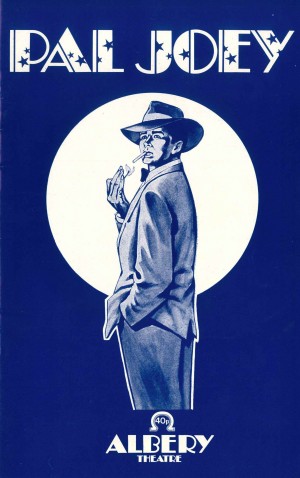
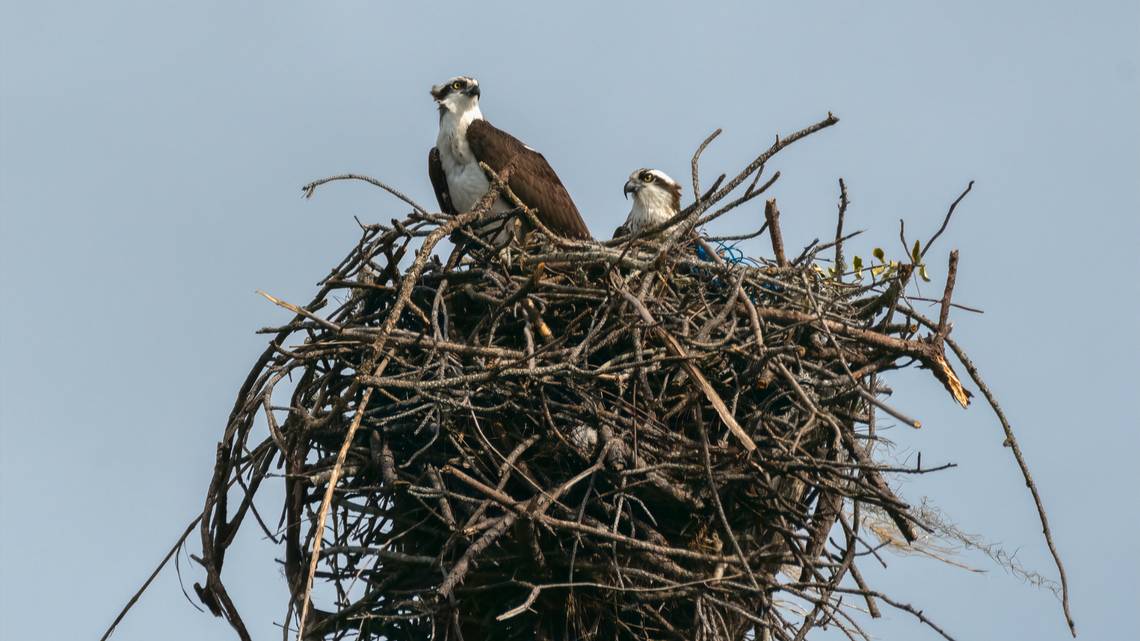
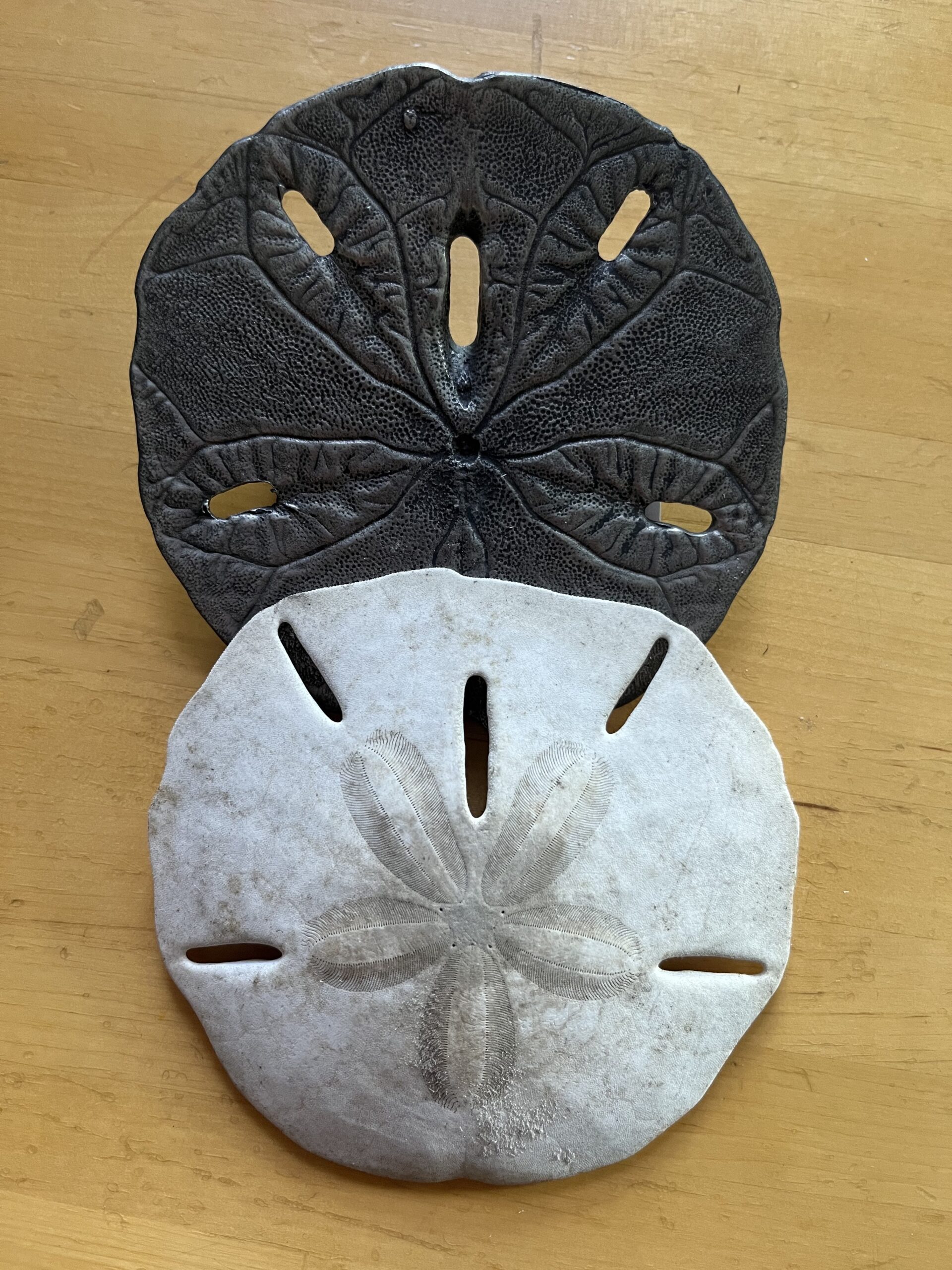 The sand dollar is also known as the Holy Ghost Shell, essentially the skeleton of a sea urchin. In South Carolina there are stiff penalties if one removes them live, but when they die, they are left as bleached calciferous discs. They are not uncommon, but as they tend to be fragile, by the time they get to the beach most are cracked or chipped. I have two – one the natural remnant and the other made from base metal which I was given as a present. The shells are full of Christian symbolism relating to Jesus Christ.
The sand dollar is also known as the Holy Ghost Shell, essentially the skeleton of a sea urchin. In South Carolina there are stiff penalties if one removes them live, but when they die, they are left as bleached calciferous discs. They are not uncommon, but as they tend to be fragile, by the time they get to the beach most are cracked or chipped. I have two – one the natural remnant and the other made from base metal which I was given as a present. The shells are full of Christian symbolism relating to Jesus Christ.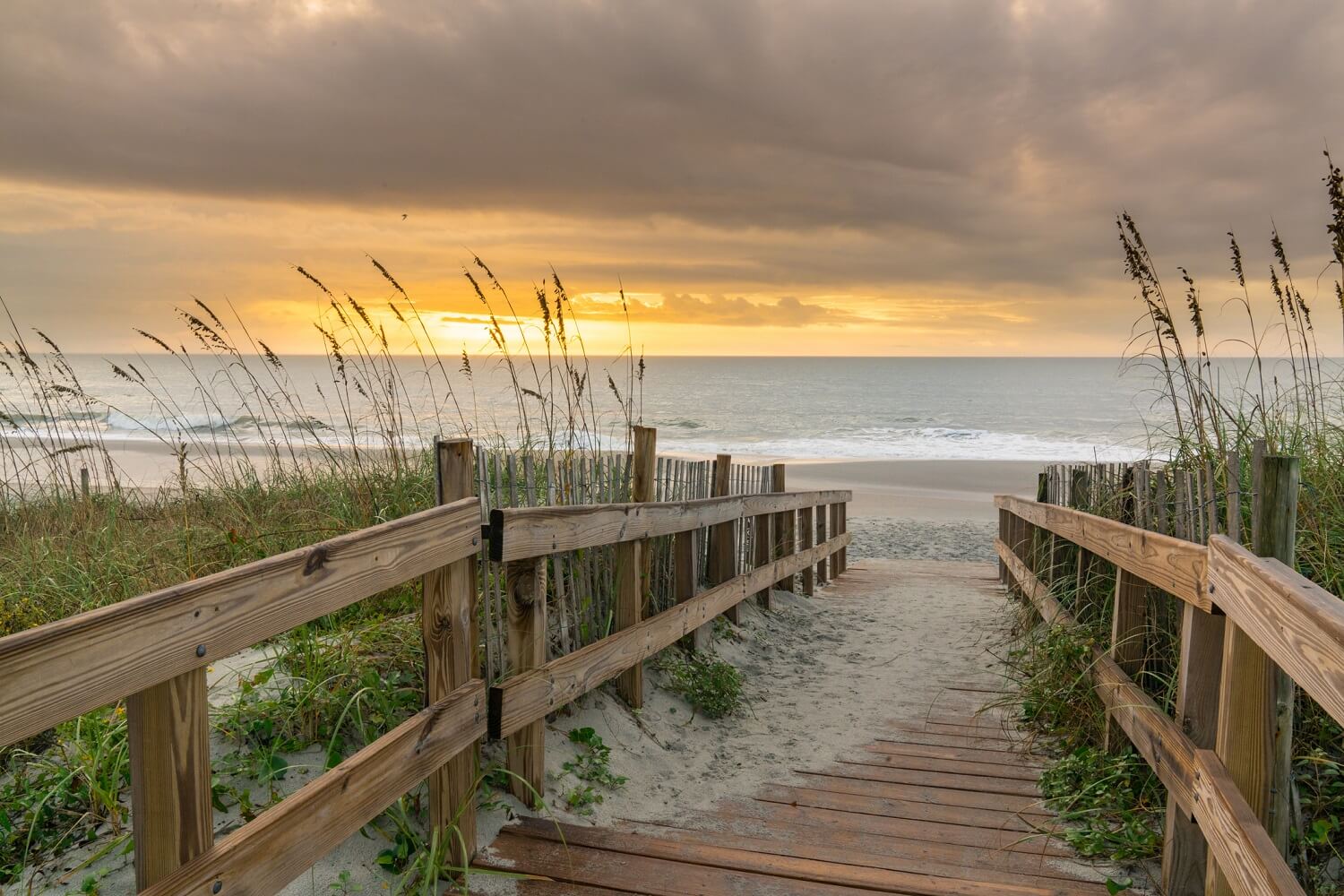
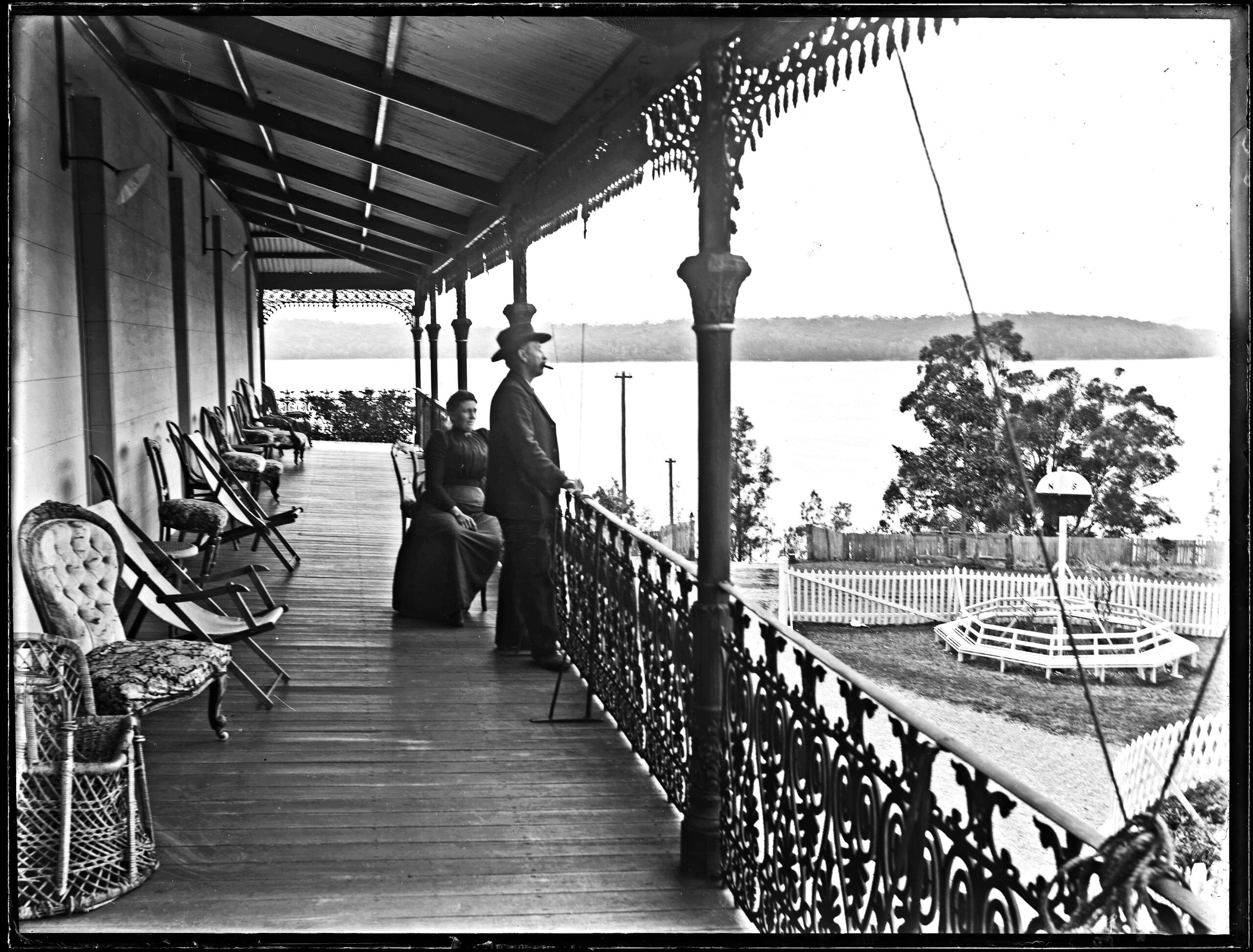
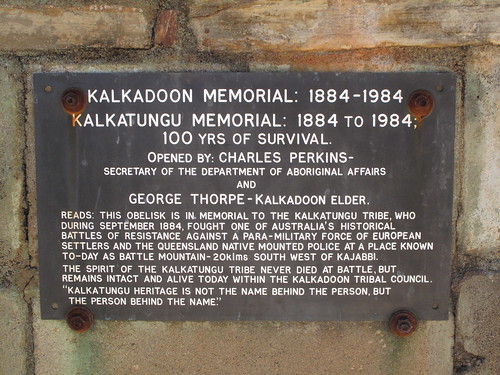 Queensland, by contrast, had a strong history of Aboriginal troopers. I remember coming back from Normanton in the Gulf Country via the back road to Cloncurry. Near the hamlet of Kajabbi, there is a cairn which was dedicated by Charlie Perkins and a Kalkadoon elder, George Thorpe, in 1984. The memorial commemorates one hundred years since the battle between Aboriginal tribes, in particular the Kalkadoon, and the native Mounted Police under Sub-Inspector Fred Urquhart. For eight years he commanded a huge swathe of Far Northern Queensland including not only the Gulf but also the whole of Cape York and Thursday Island.
Queensland, by contrast, had a strong history of Aboriginal troopers. I remember coming back from Normanton in the Gulf Country via the back road to Cloncurry. Near the hamlet of Kajabbi, there is a cairn which was dedicated by Charlie Perkins and a Kalkadoon elder, George Thorpe, in 1984. The memorial commemorates one hundred years since the battle between Aboriginal tribes, in particular the Kalkadoon, and the native Mounted Police under Sub-Inspector Fred Urquhart. For eight years he commanded a huge swathe of Far Northern Queensland including not only the Gulf but also the whole of Cape York and Thursday Island.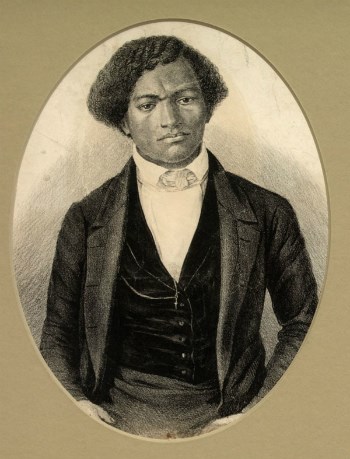



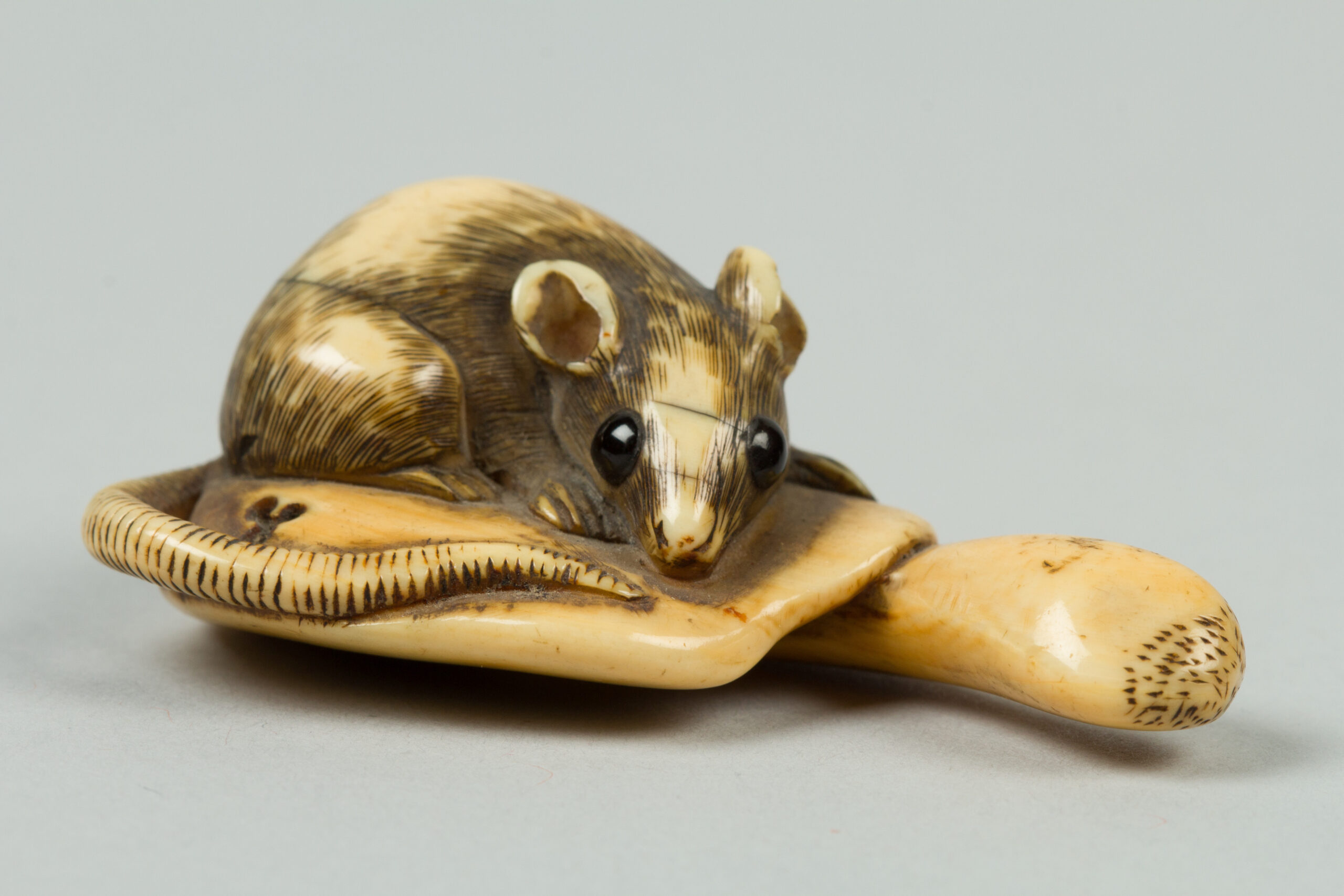
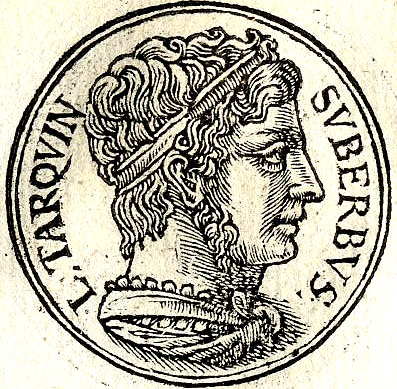 The difficulty with those who lead and do it so publicly, as Keating did, is that the electorate has limited tolerance, manifested as the “tall poppy syndrome”. First used in the last century, it refers to the habit of one of the Kings of Rome, Tarquinius Superbus, of hacking the heads off his subjects when they emerged too much above the Parapet of Achievement.
The difficulty with those who lead and do it so publicly, as Keating did, is that the electorate has limited tolerance, manifested as the “tall poppy syndrome”. First used in the last century, it refers to the habit of one of the Kings of Rome, Tarquinius Superbus, of hacking the heads off his subjects when they emerged too much above the Parapet of Achievement.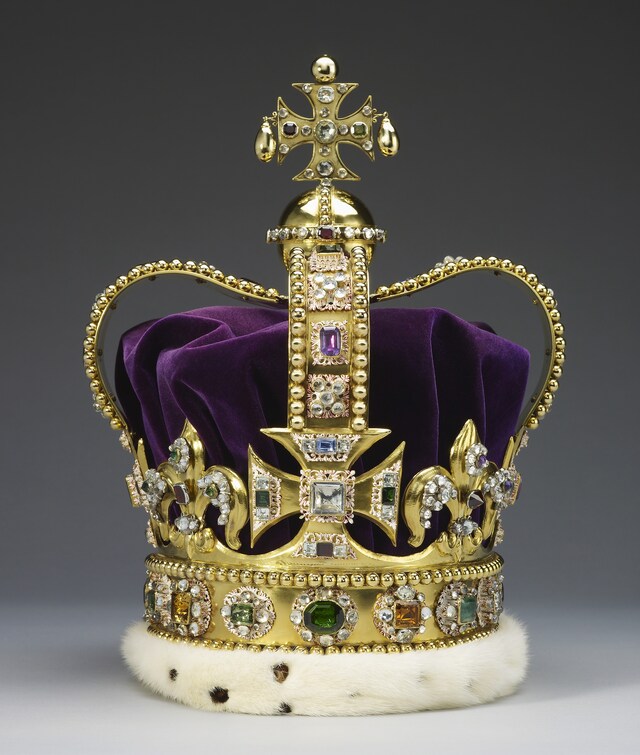
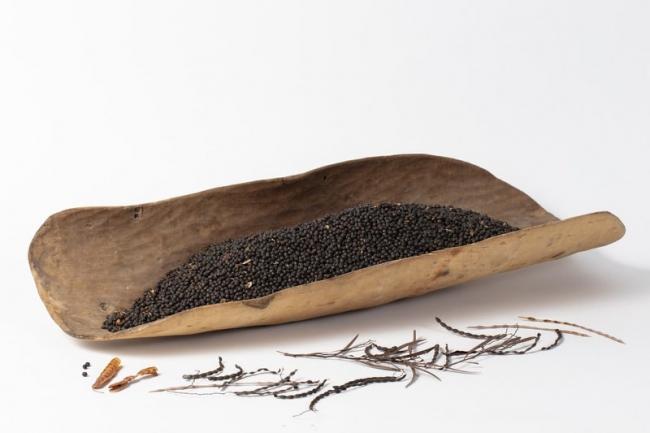 I remember in Moorhouse’s book about the Burke and Wills expedition, “Coopers Creek”, a reference made to nardoo – seeds from a fern which the local Aboriginal people ground to form a type of primitive paste. However, there are some who say that nardoo is in fact toxic if improperly prepared, causing beri-beri, because it contains the enzyme thiaminase which destroys vitamin B1. There was never a bread industry, which is exemplified by the images in this latest documentary, which shows the grinding of seeds in a coolamon but never any resultant bread.
I remember in Moorhouse’s book about the Burke and Wills expedition, “Coopers Creek”, a reference made to nardoo – seeds from a fern which the local Aboriginal people ground to form a type of primitive paste. However, there are some who say that nardoo is in fact toxic if improperly prepared, causing beri-beri, because it contains the enzyme thiaminase which destroys vitamin B1. There was never a bread industry, which is exemplified by the images in this latest documentary, which shows the grinding of seeds in a coolamon but never any resultant bread.
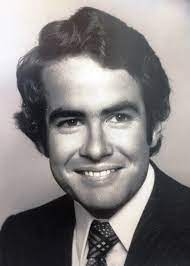
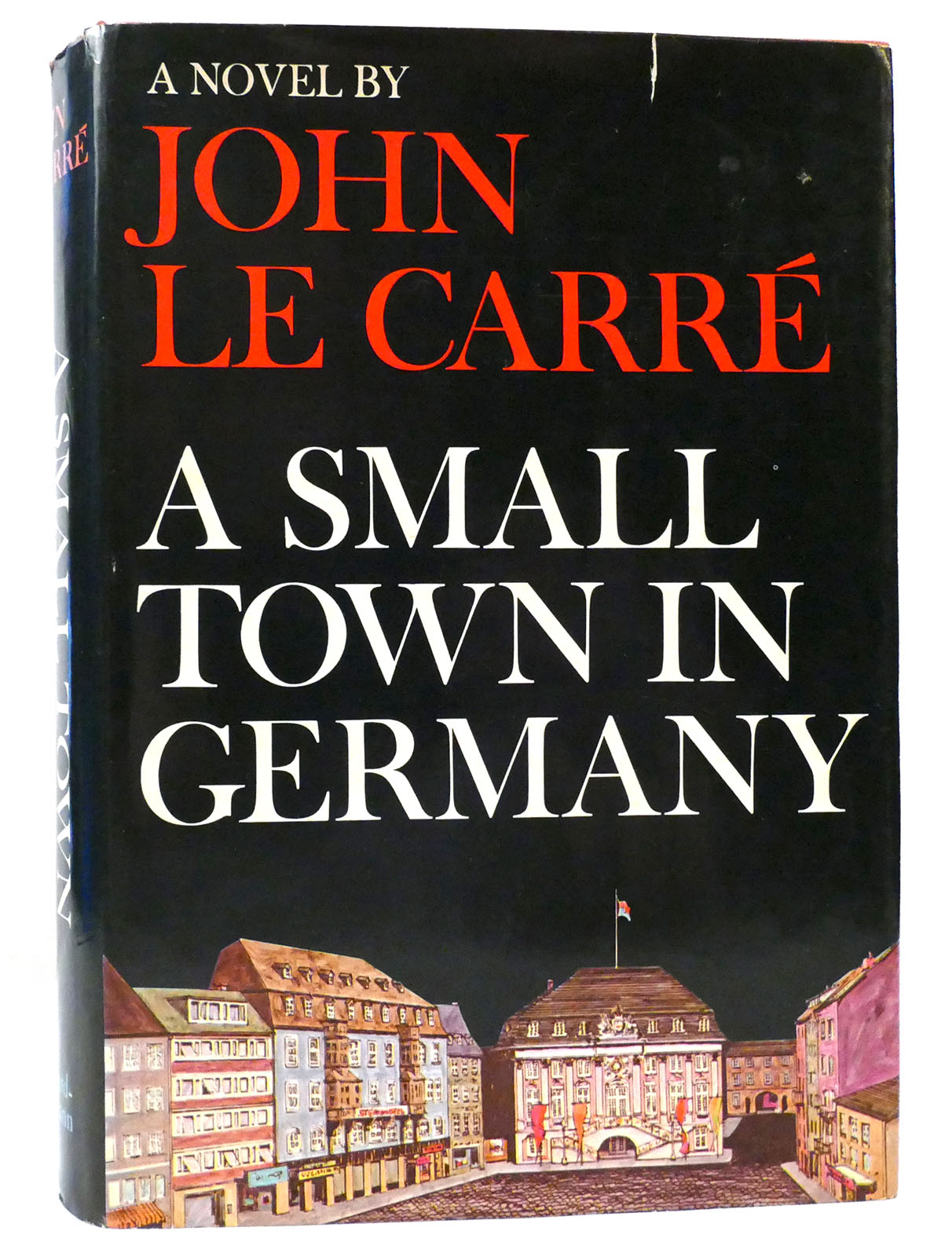 I’m reading A Small Town in Germany – one of the many spy novels written by John Le Carré, first published in 1968 at the height of the Cold War. Le Carré was in himself a man who worked in the spy industry, and his writing reflects the details which is a perfect definition of the tedium of the job. I have never been a devotee of Le Carré, although I recognise the perfect encapsulation of a group of mostly men, inured to deception and conspiracy.
I’m reading A Small Town in Germany – one of the many spy novels written by John Le Carré, first published in 1968 at the height of the Cold War. Le Carré was in himself a man who worked in the spy industry, and his writing reflects the details which is a perfect definition of the tedium of the job. I have never been a devotee of Le Carré, although I recognise the perfect encapsulation of a group of mostly men, inured to deception and conspiracy.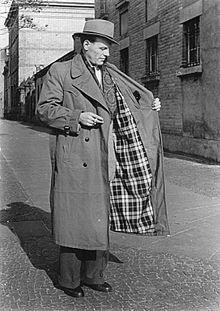 I thought about wandering into the world of espionage, and as I was to find out, Trinity College was a recruiting ground for ASIO. There was a particular night when a former senior student, who was “in his cups” gave a hilarious rendition of his life within ASIO, but we were all also in varying degrees of intoxication, and thus the next morning only the memory of this very engaging night remained.
I thought about wandering into the world of espionage, and as I was to find out, Trinity College was a recruiting ground for ASIO. There was a particular night when a former senior student, who was “in his cups” gave a hilarious rendition of his life within ASIO, but we were all also in varying degrees of intoxication, and thus the next morning only the memory of this very engaging night remained.